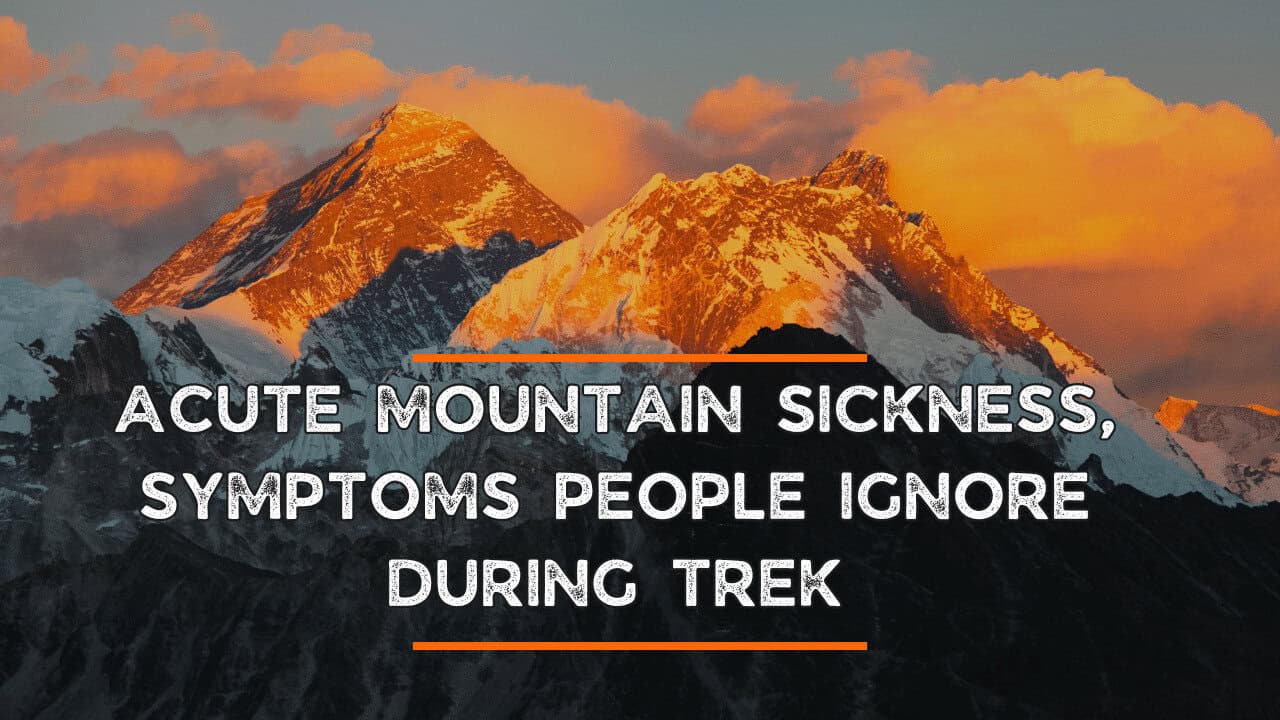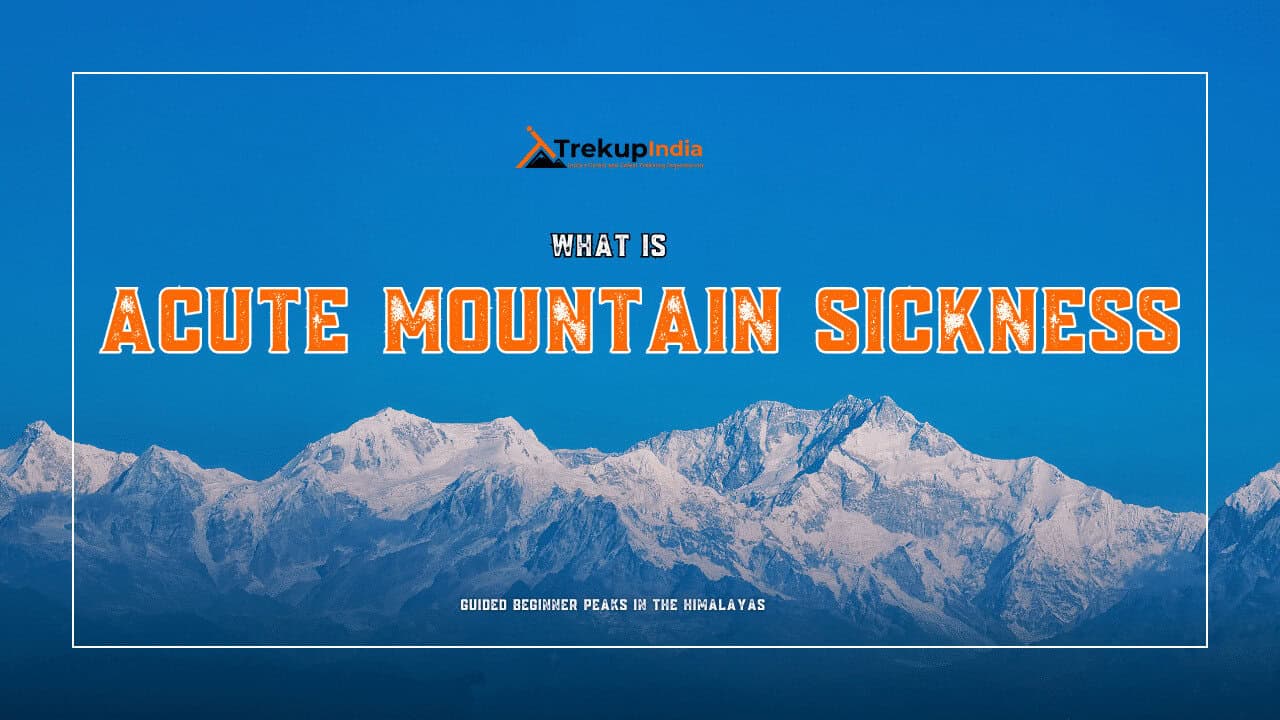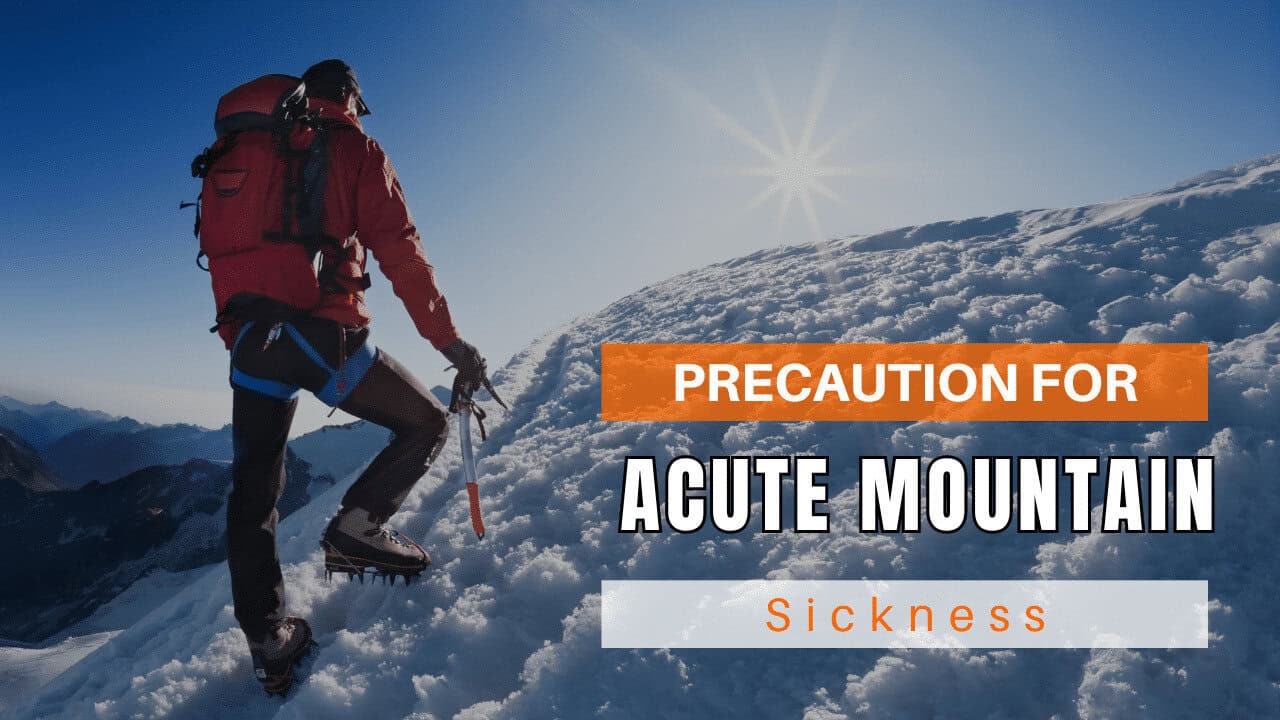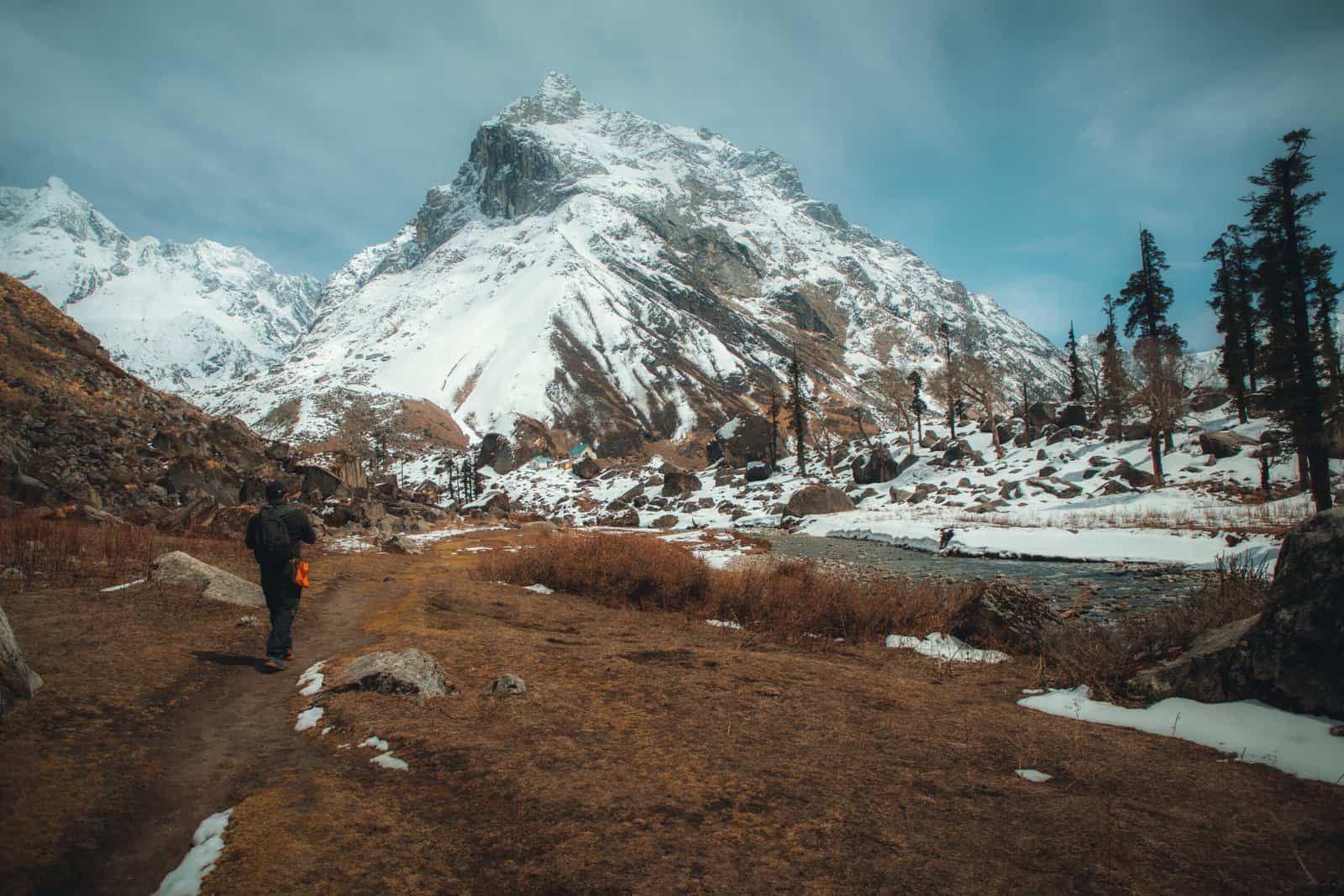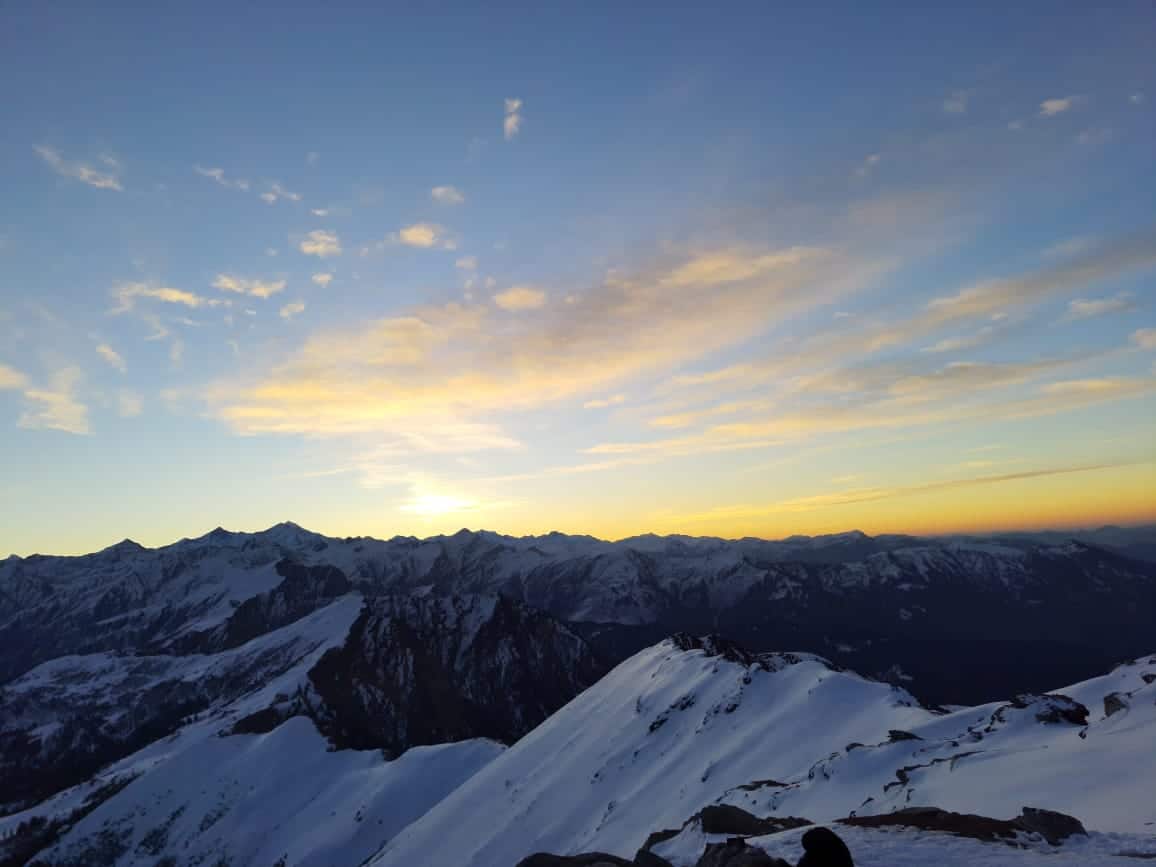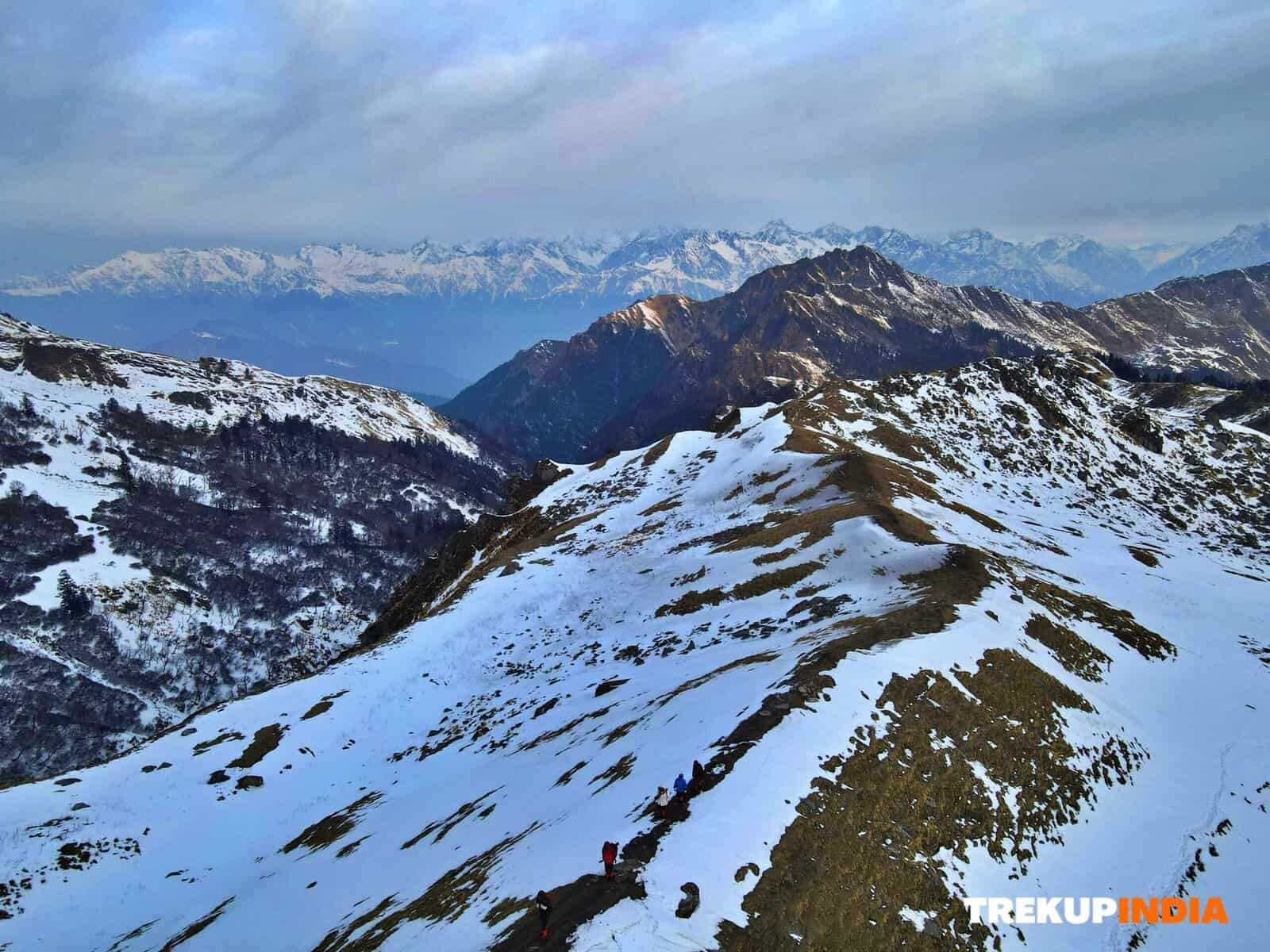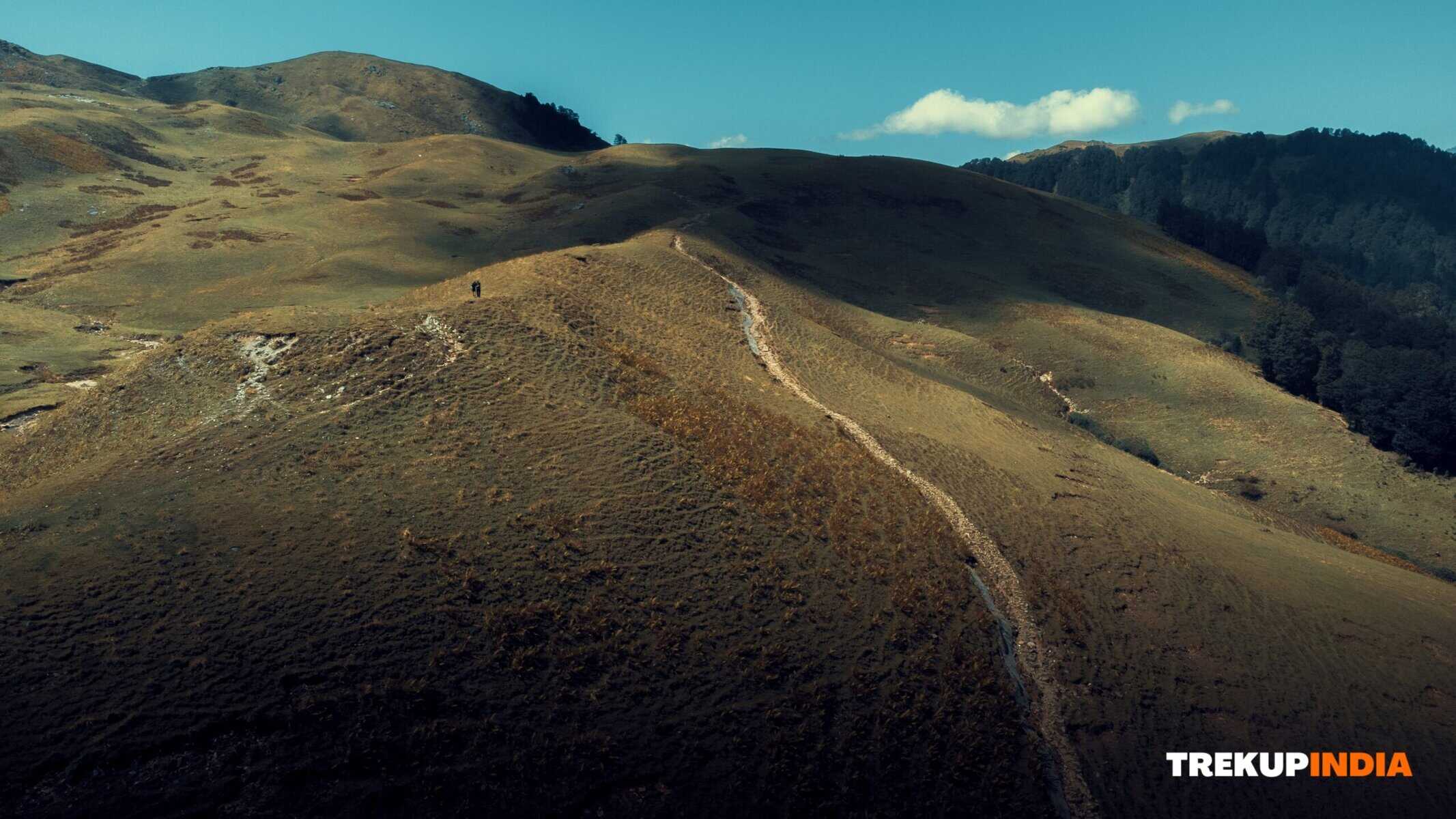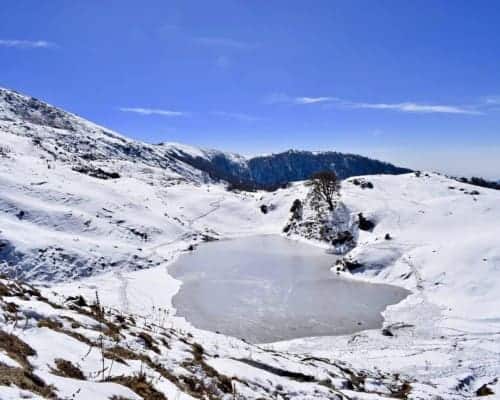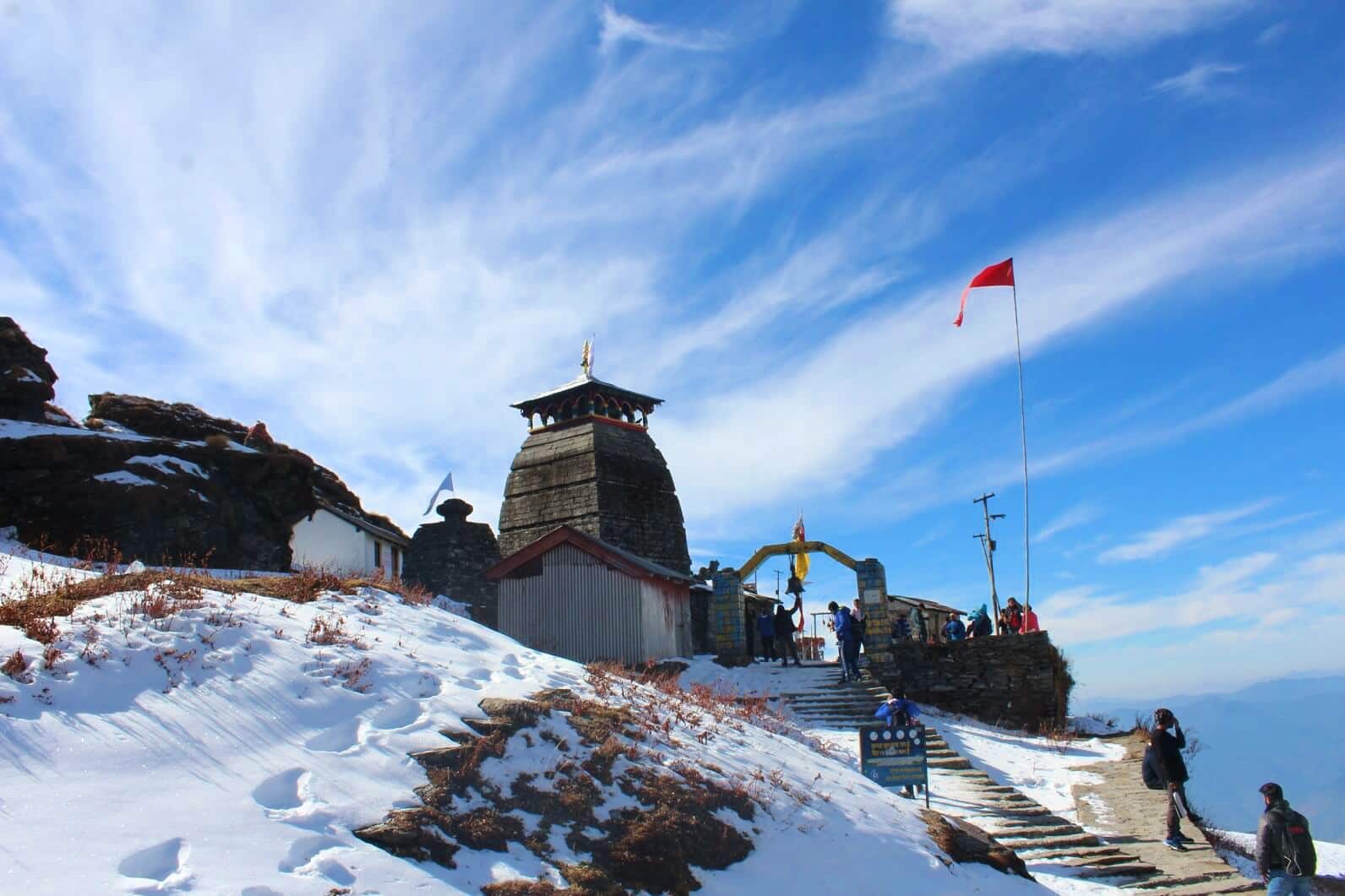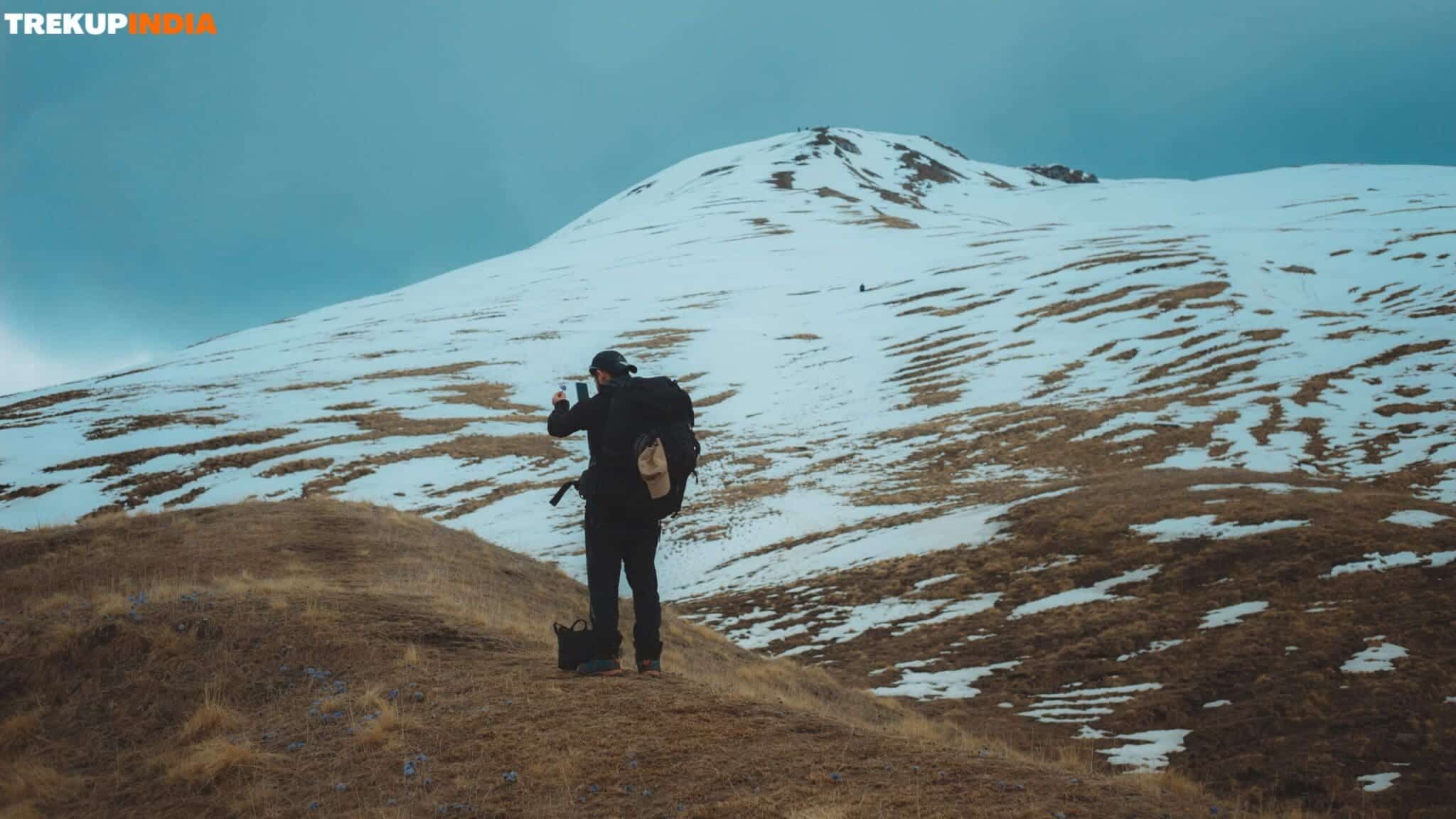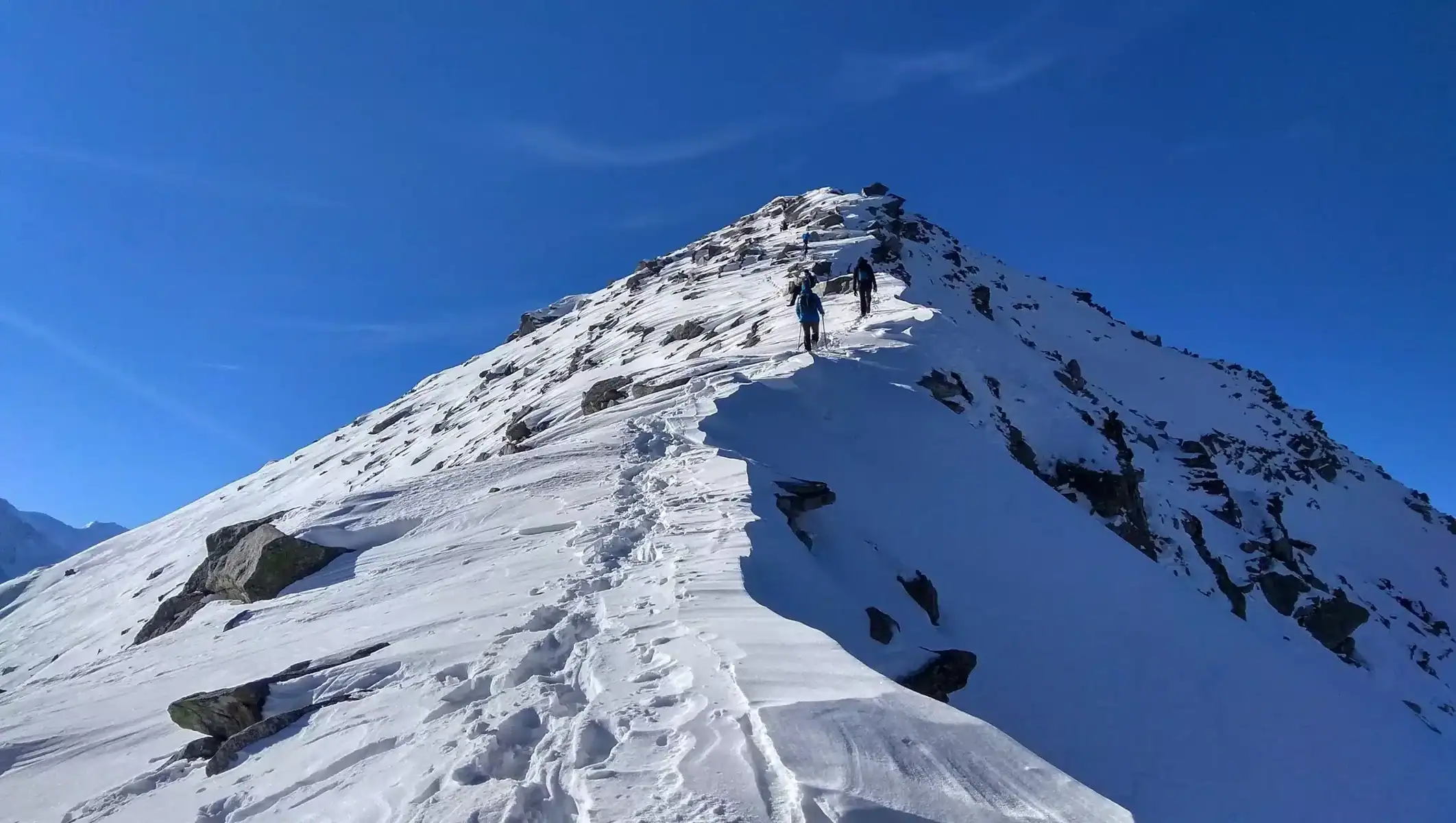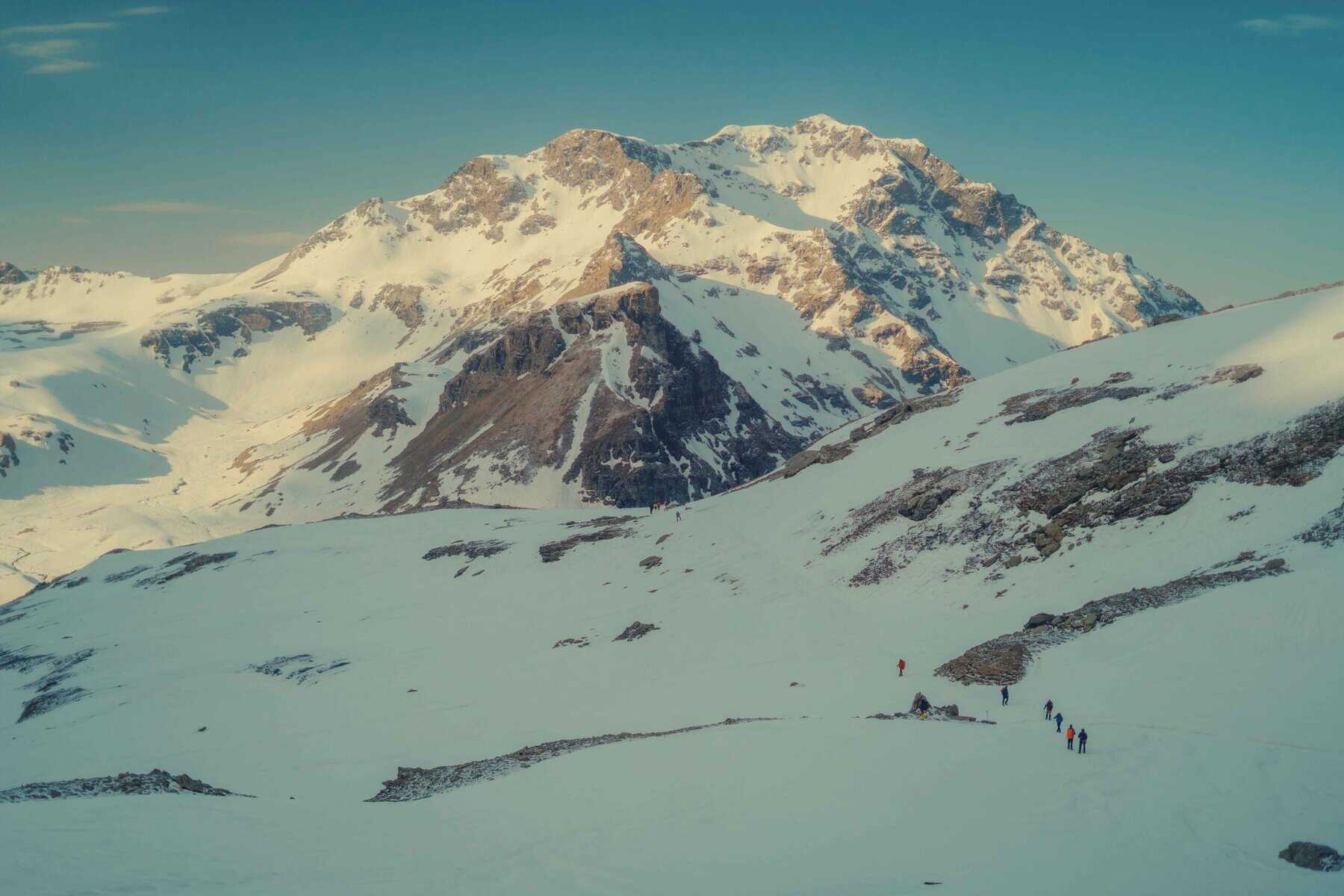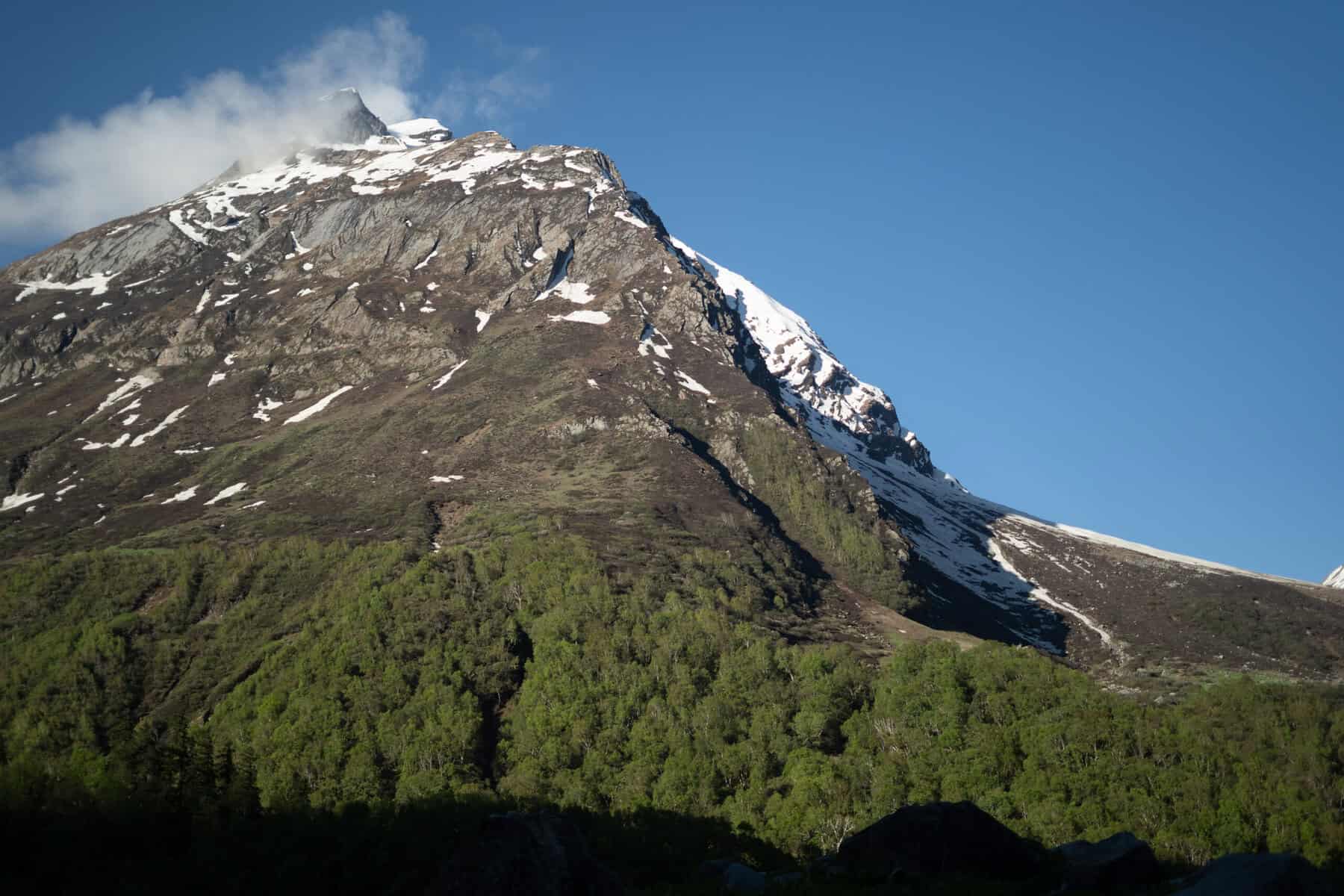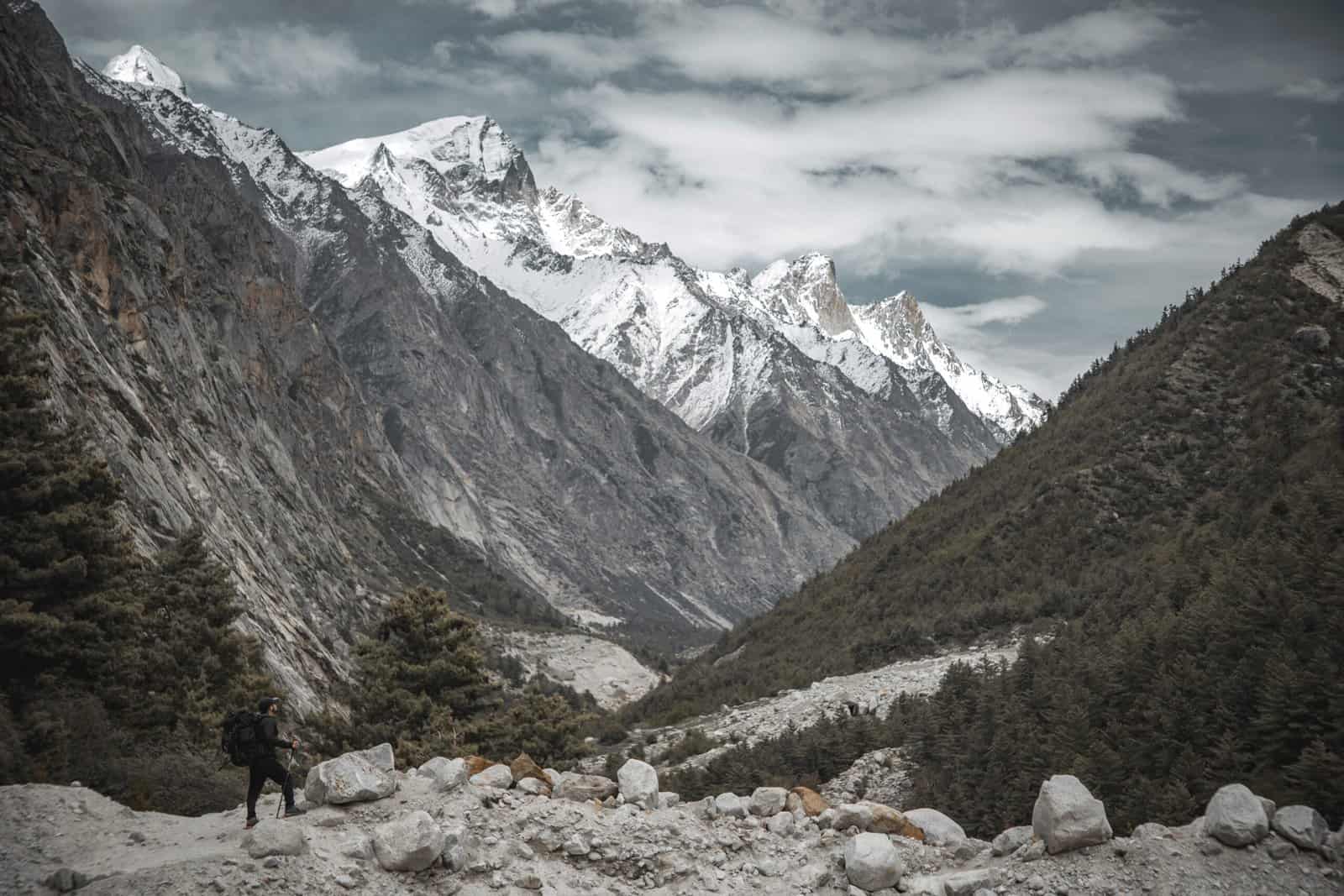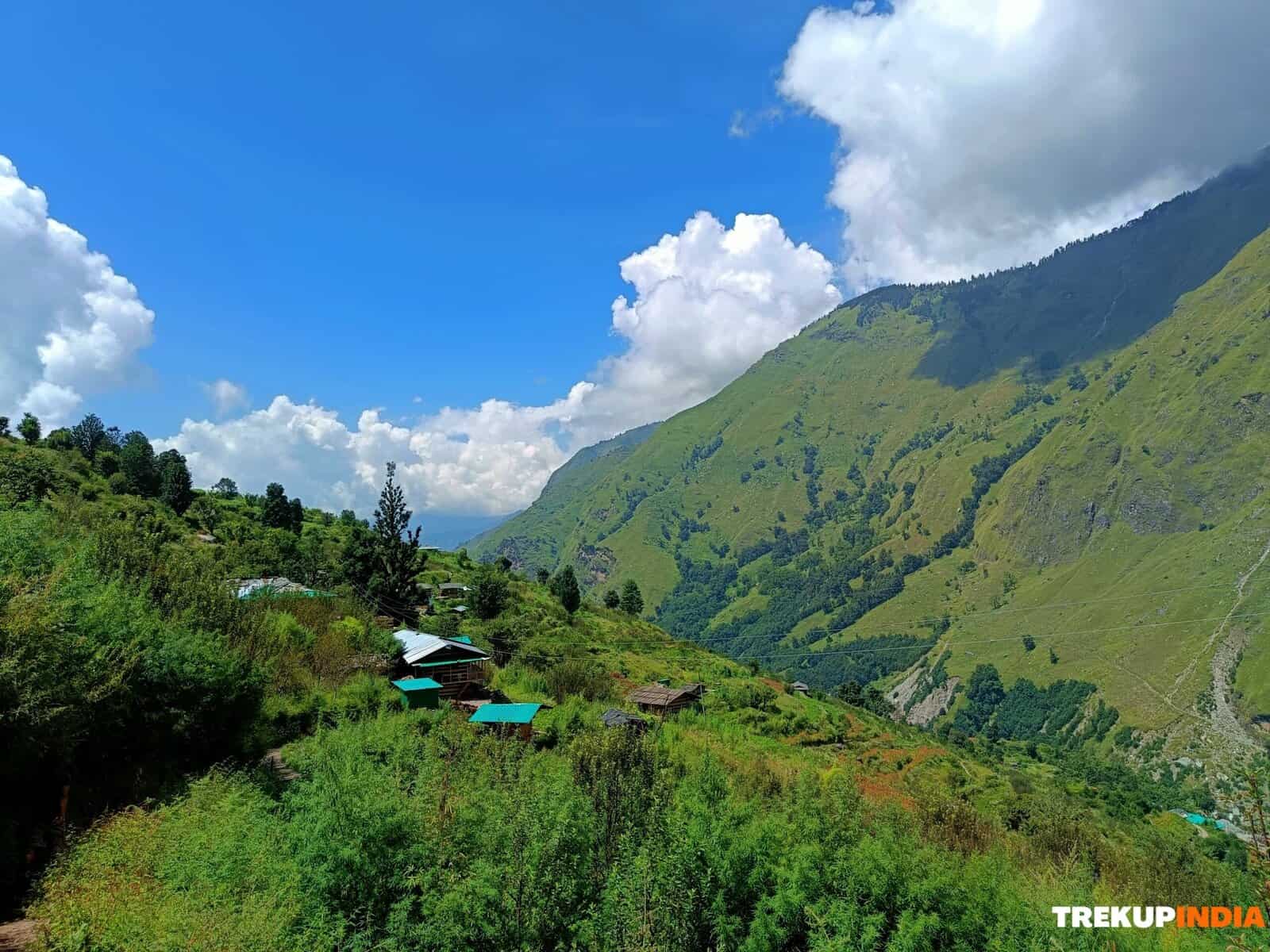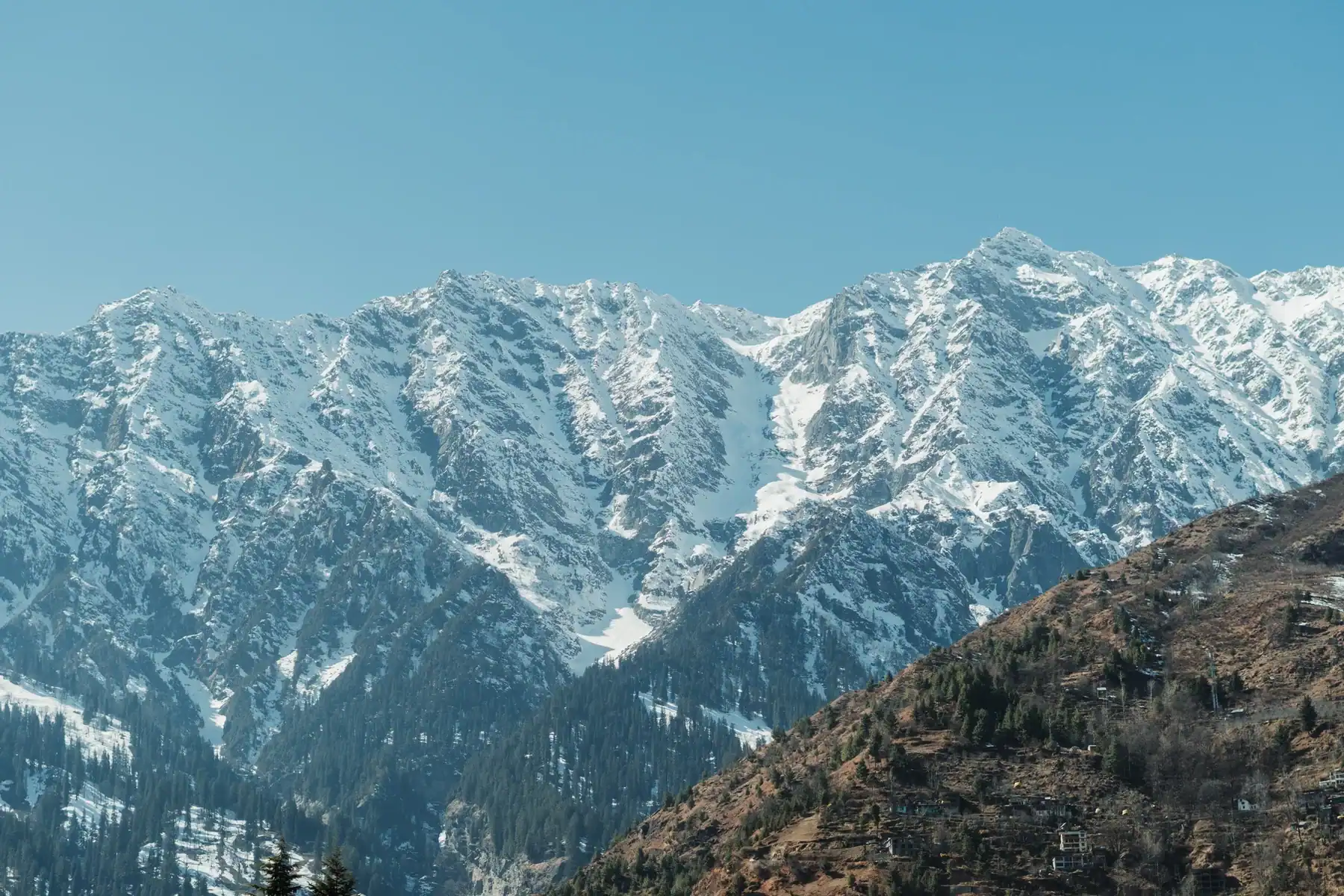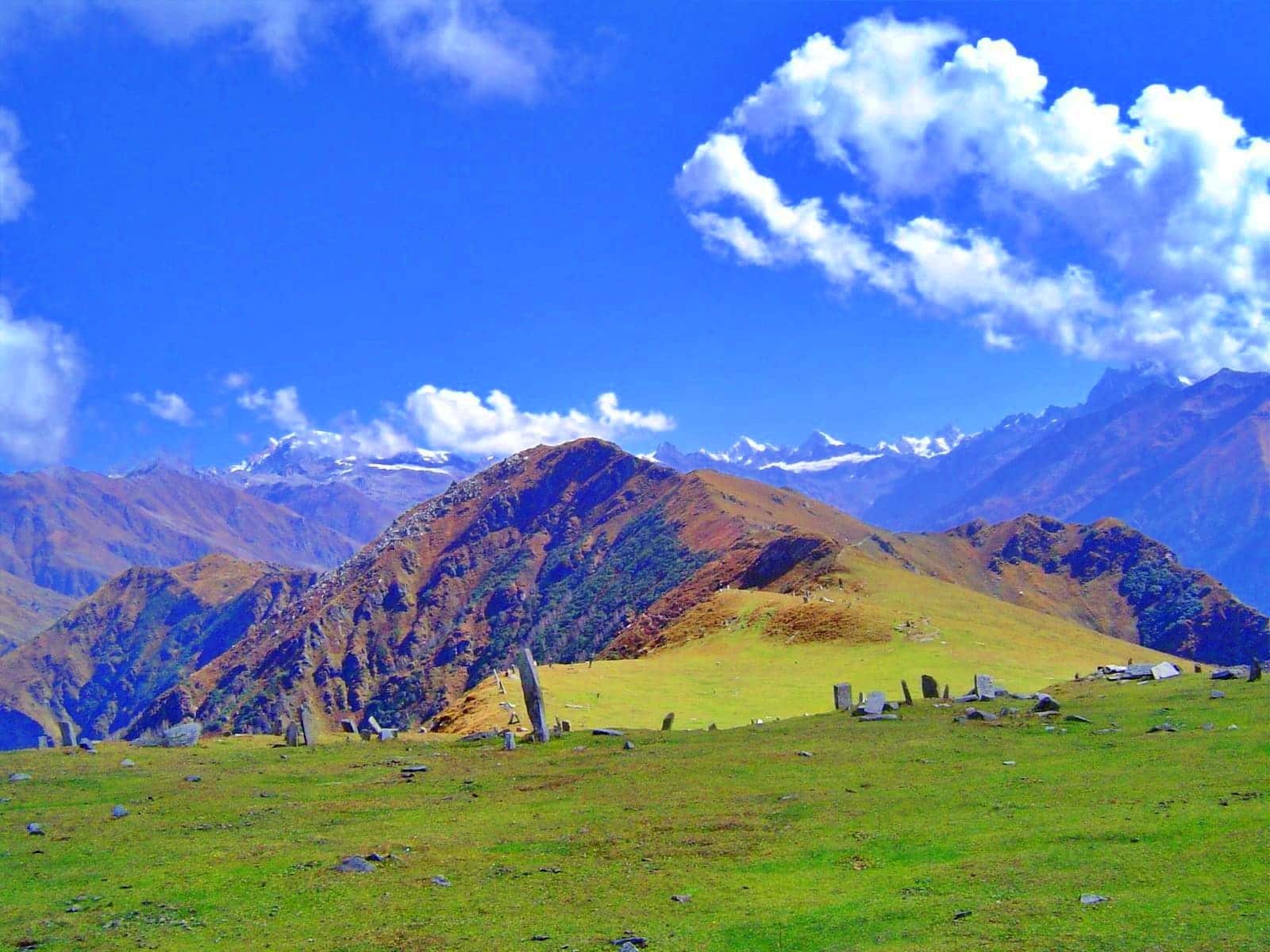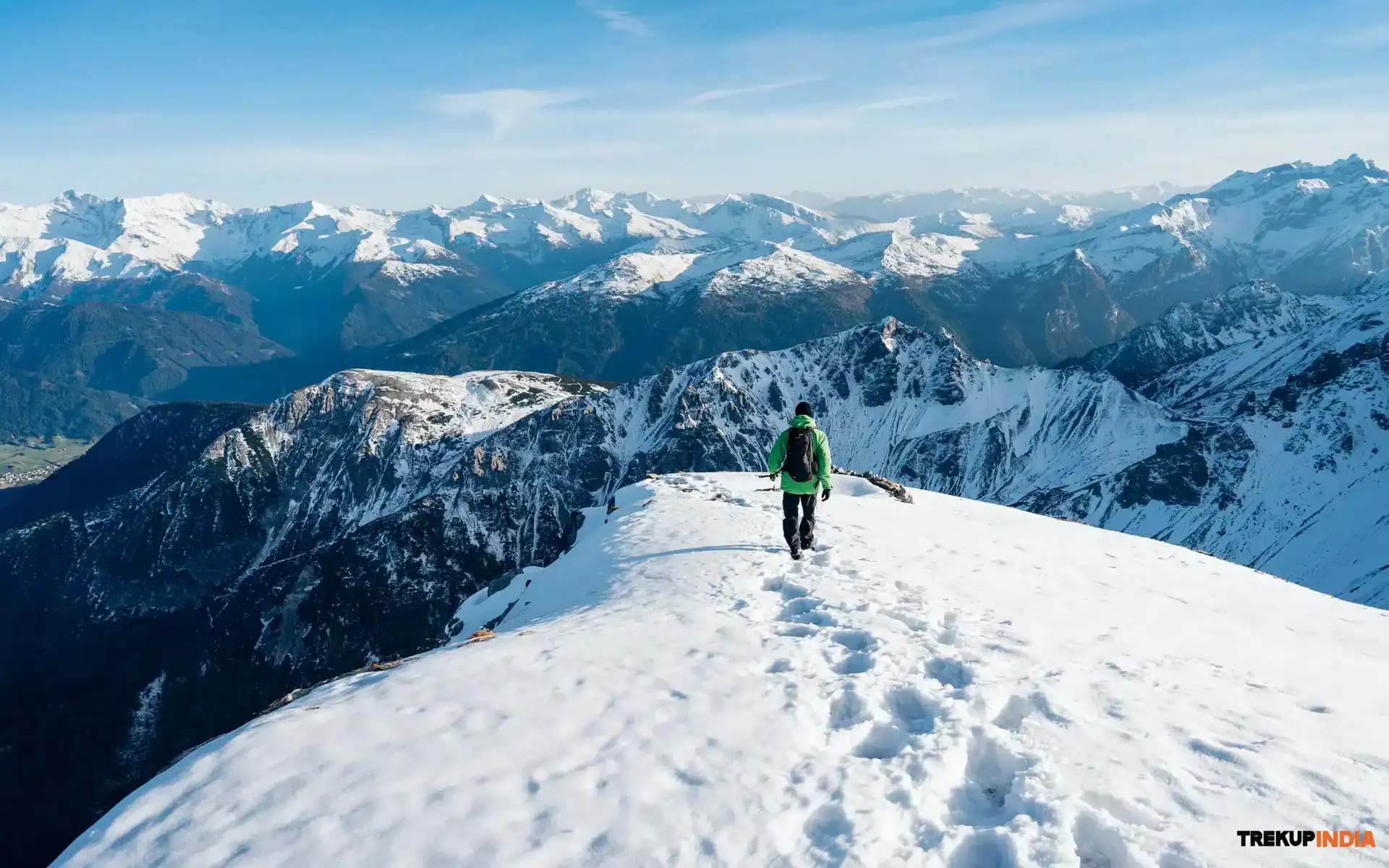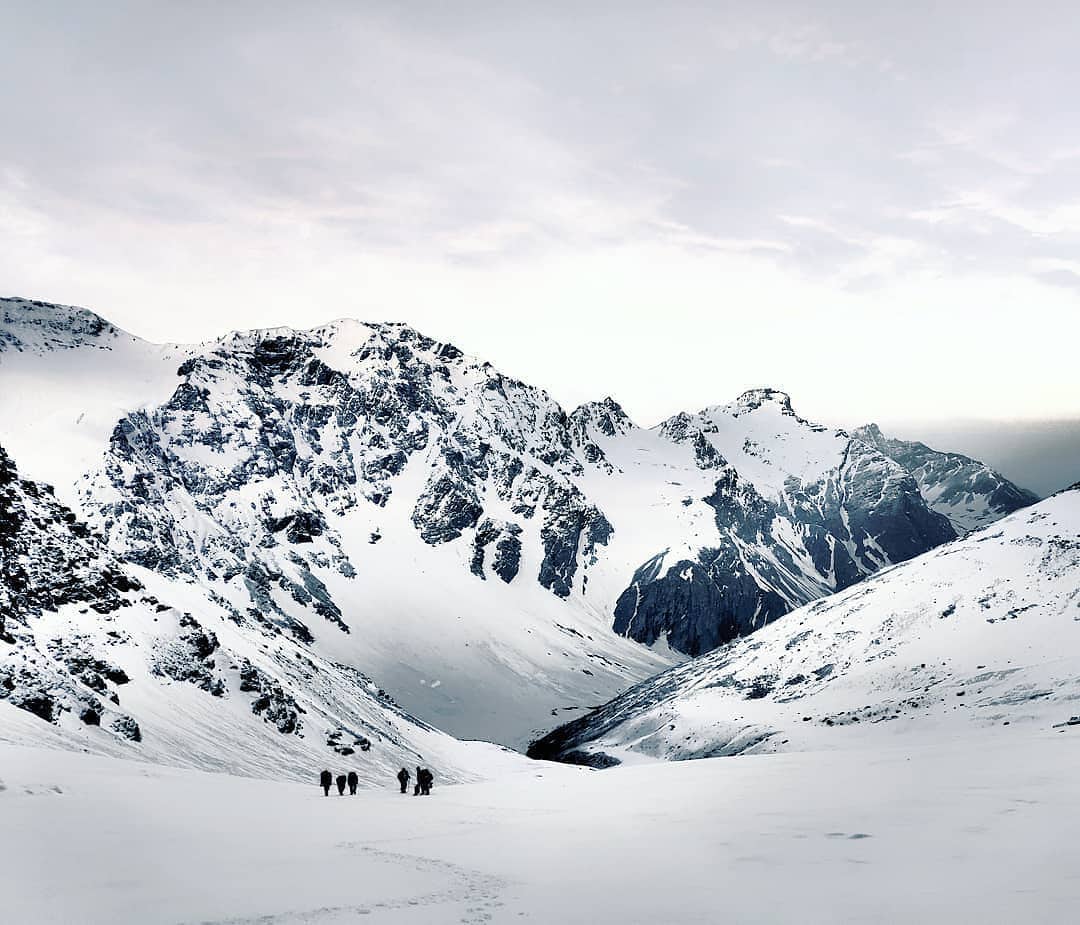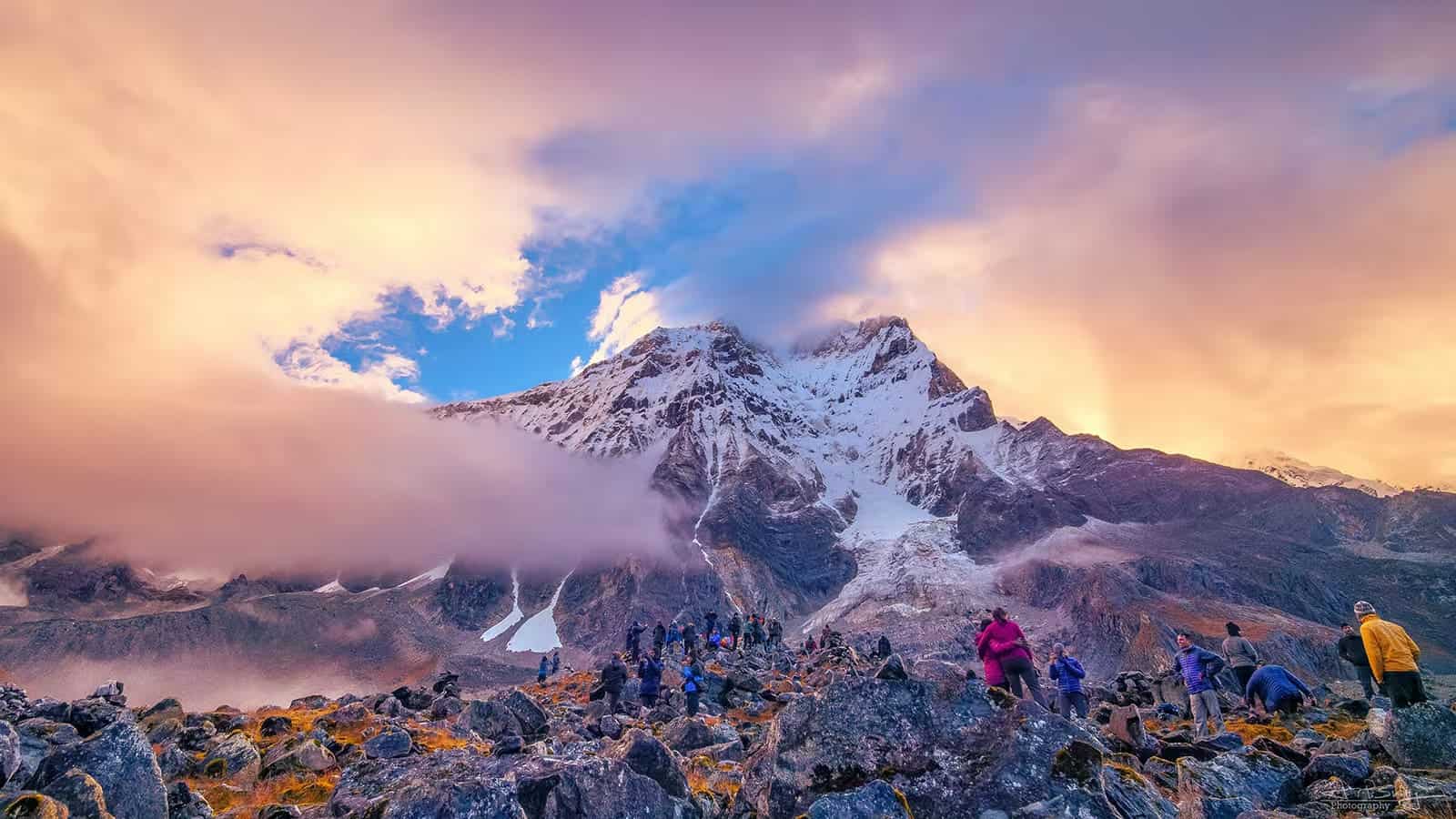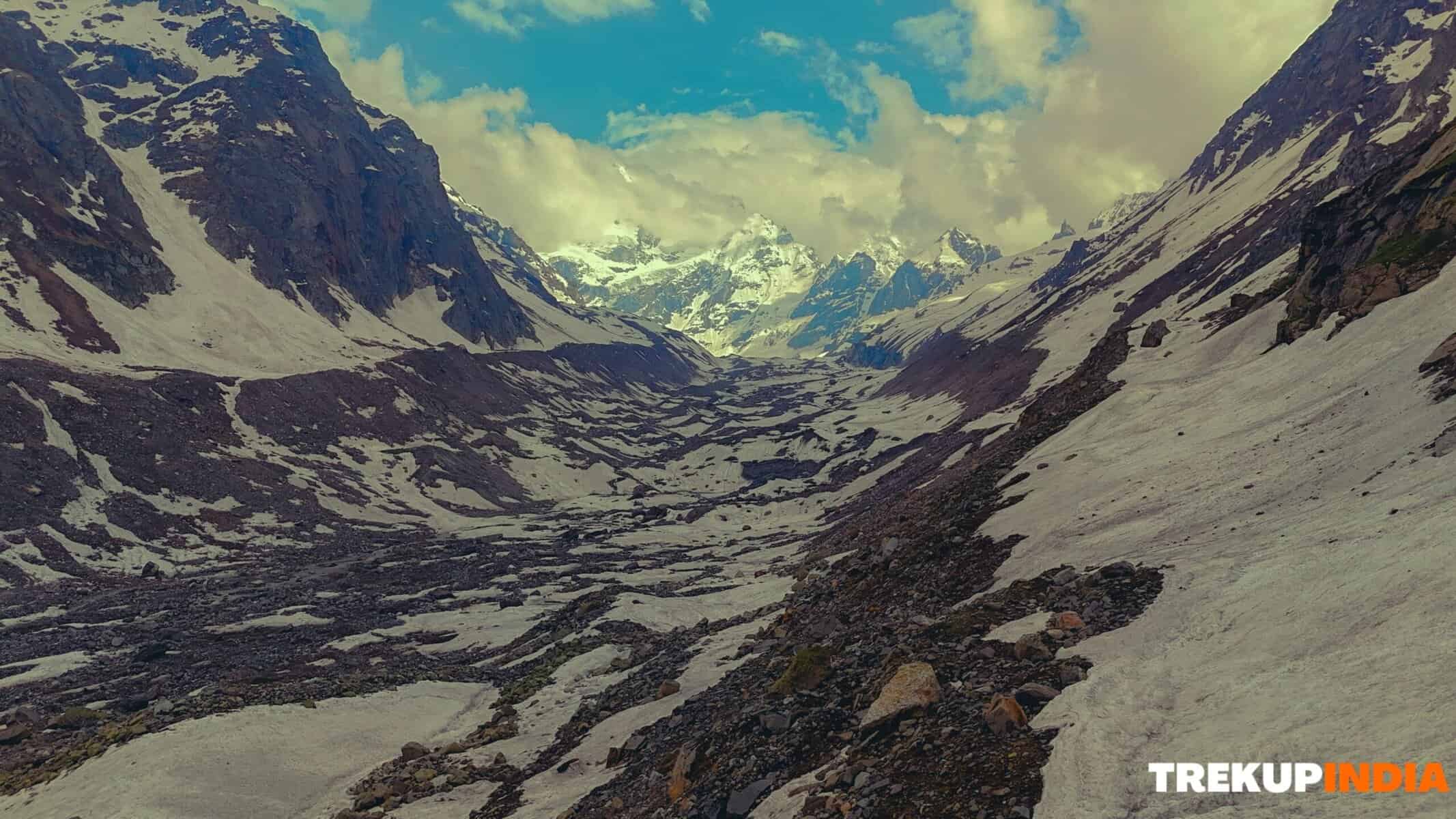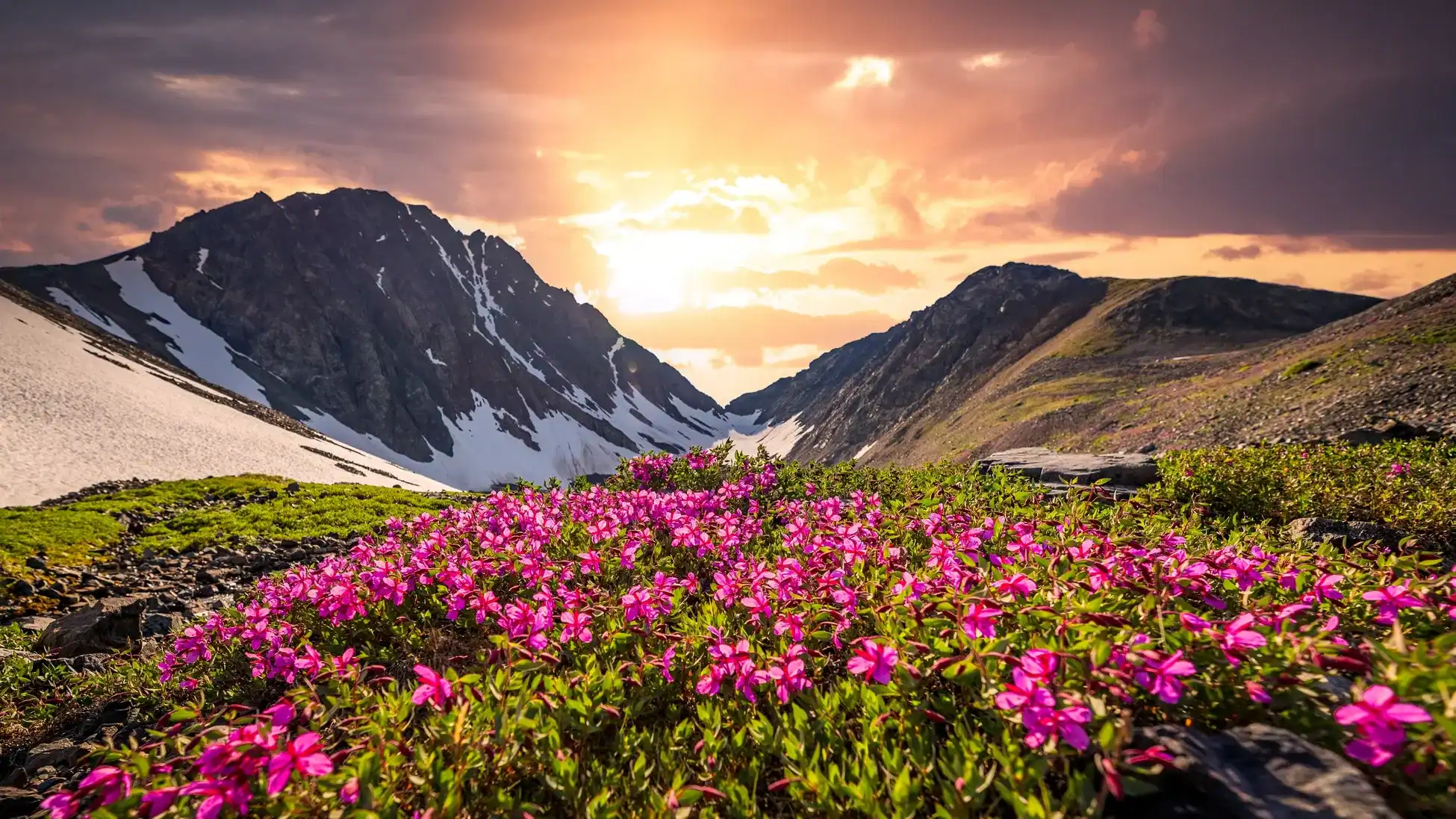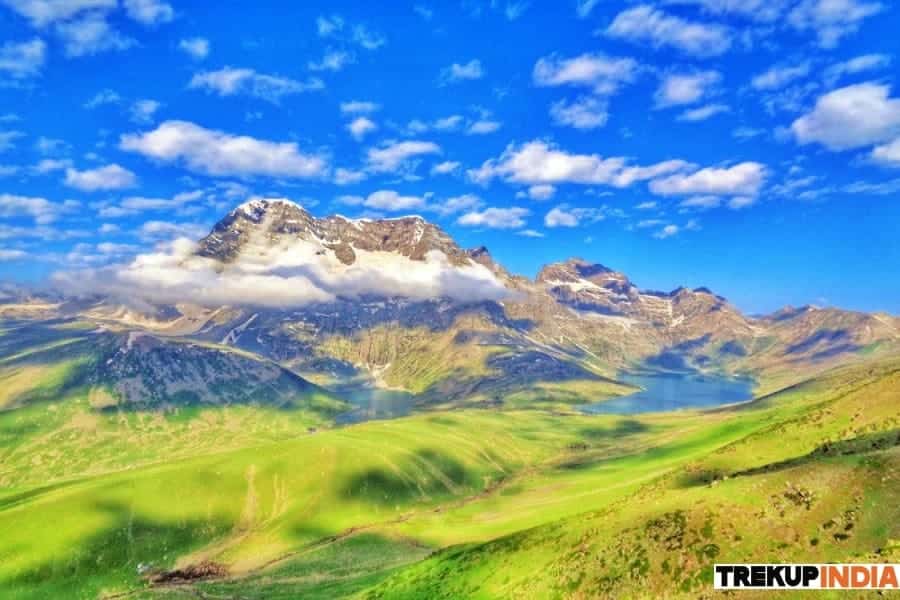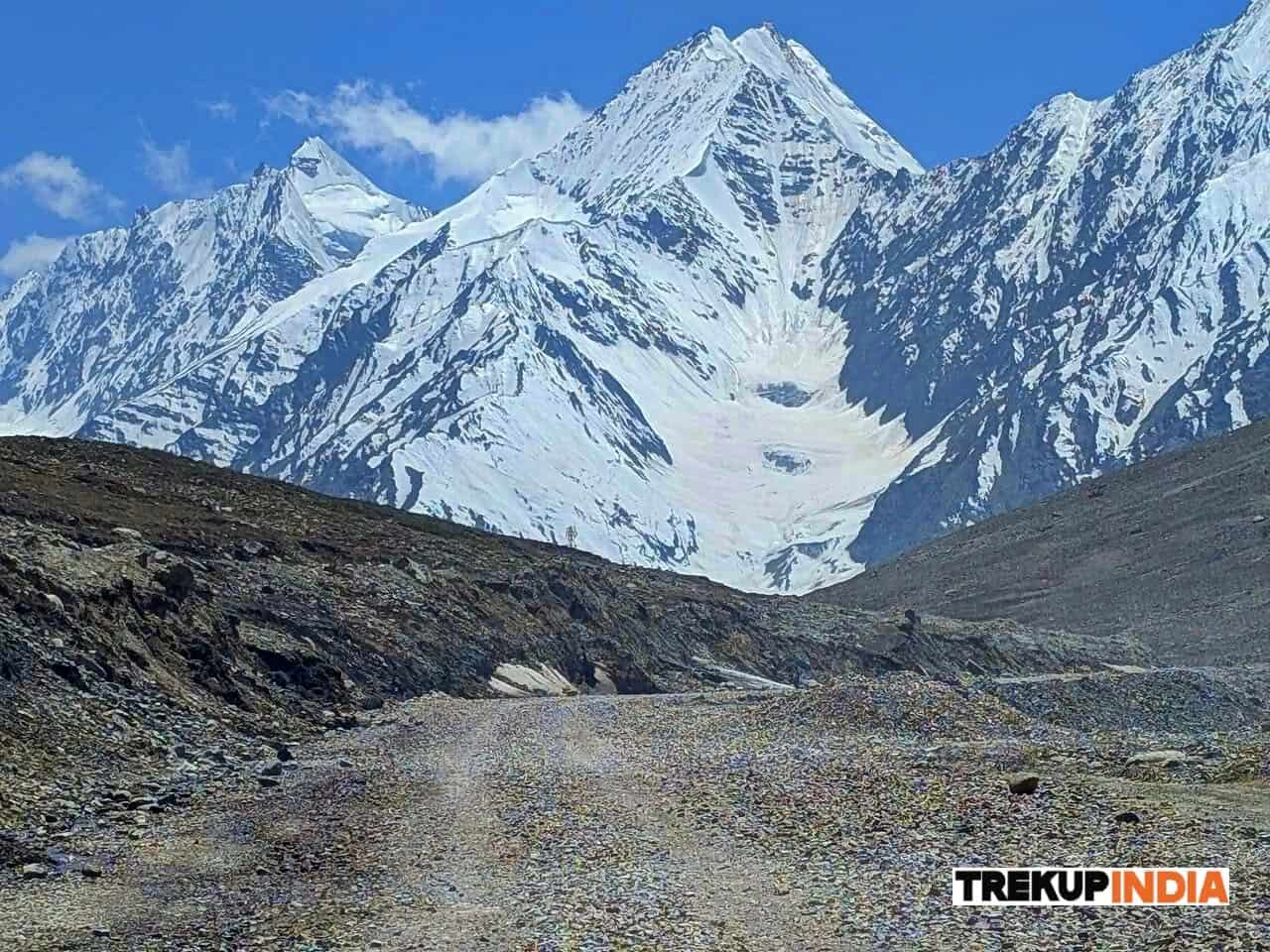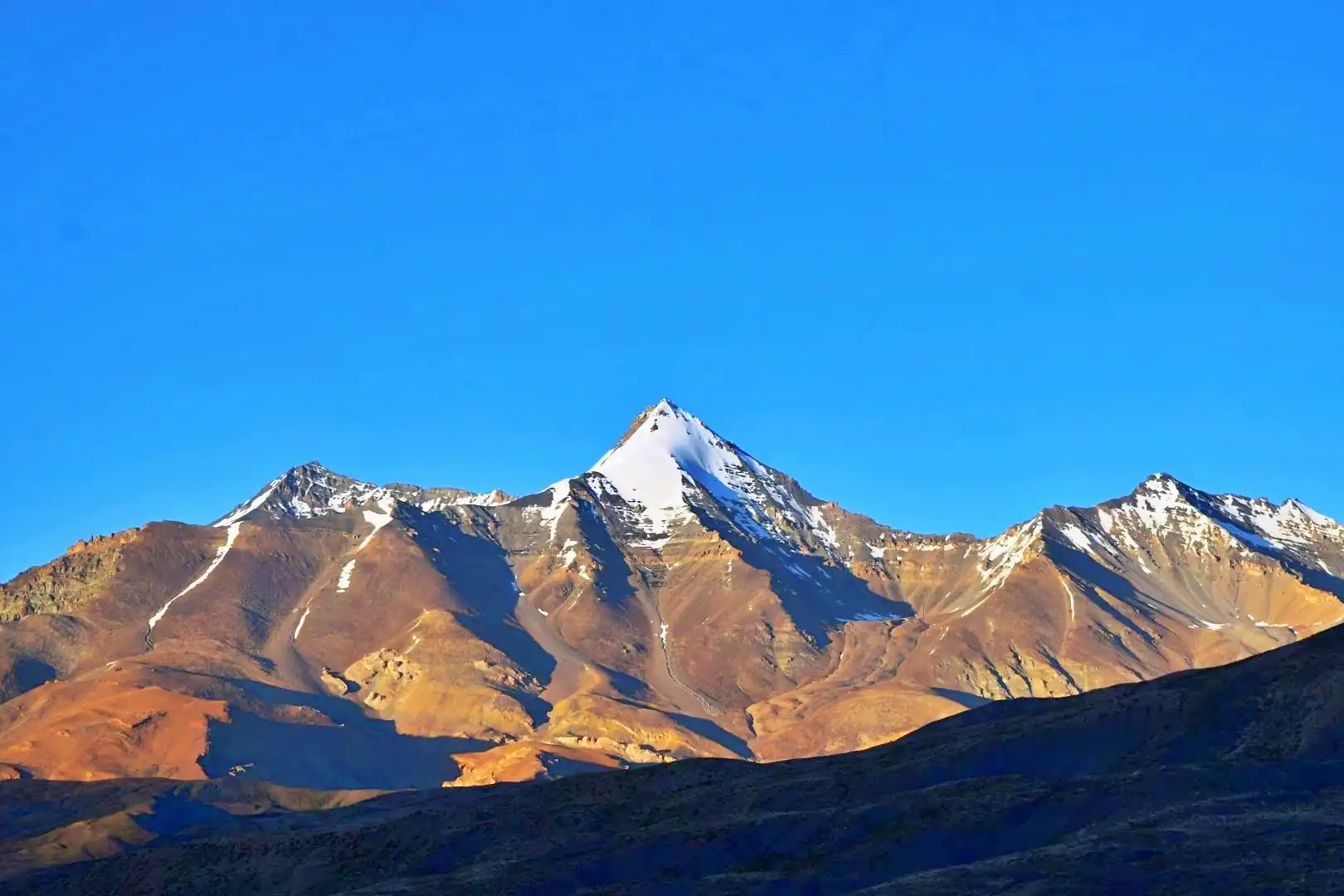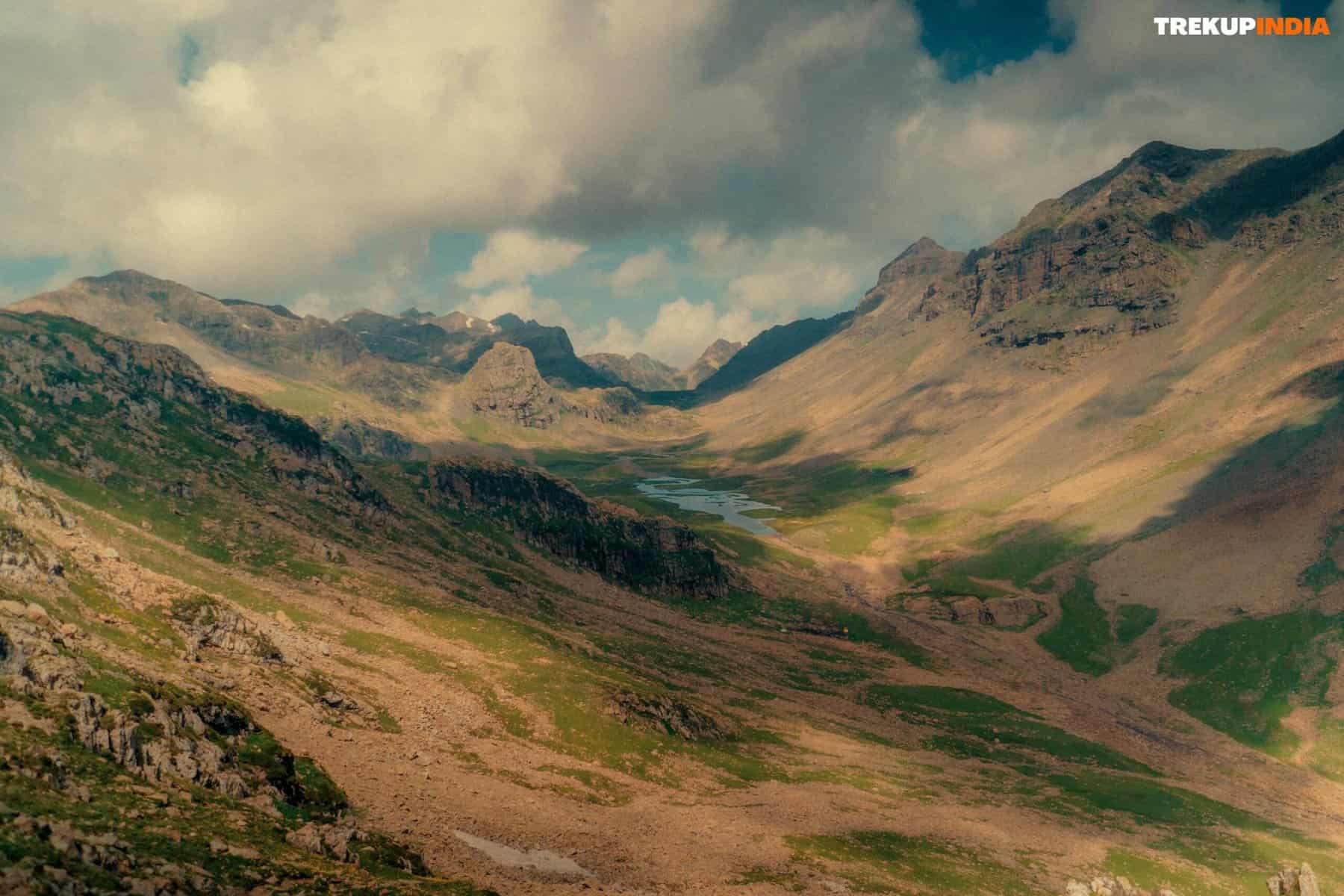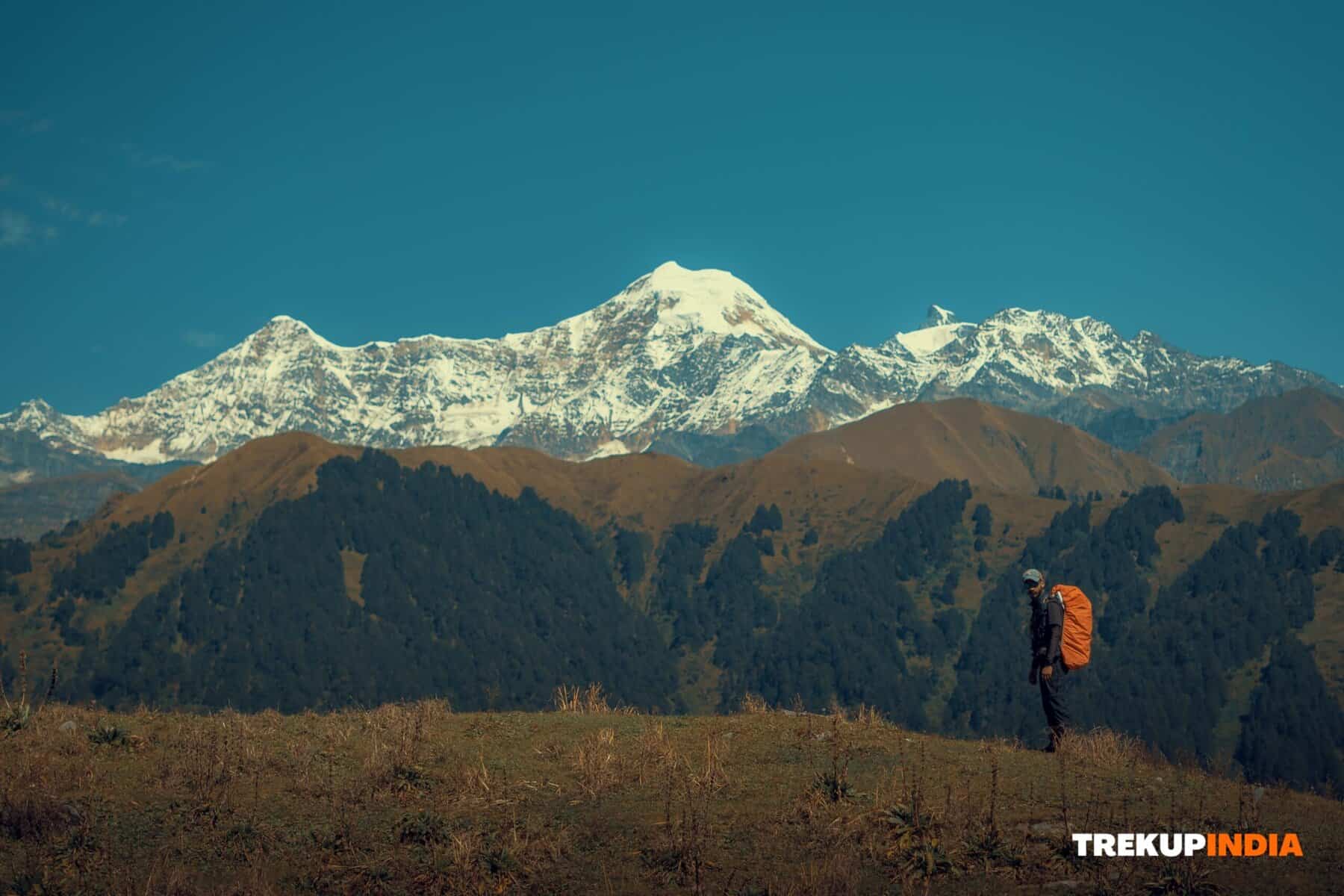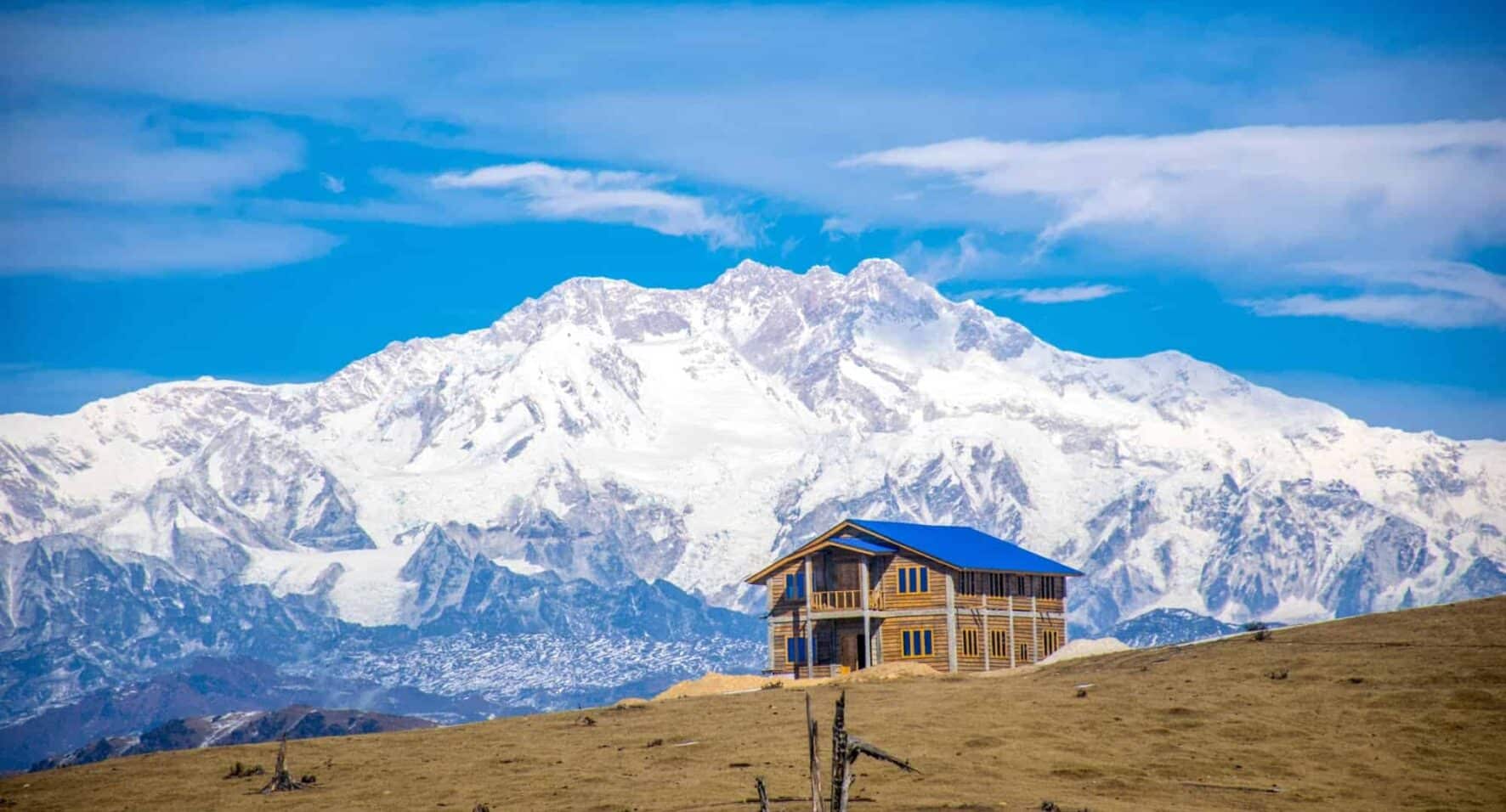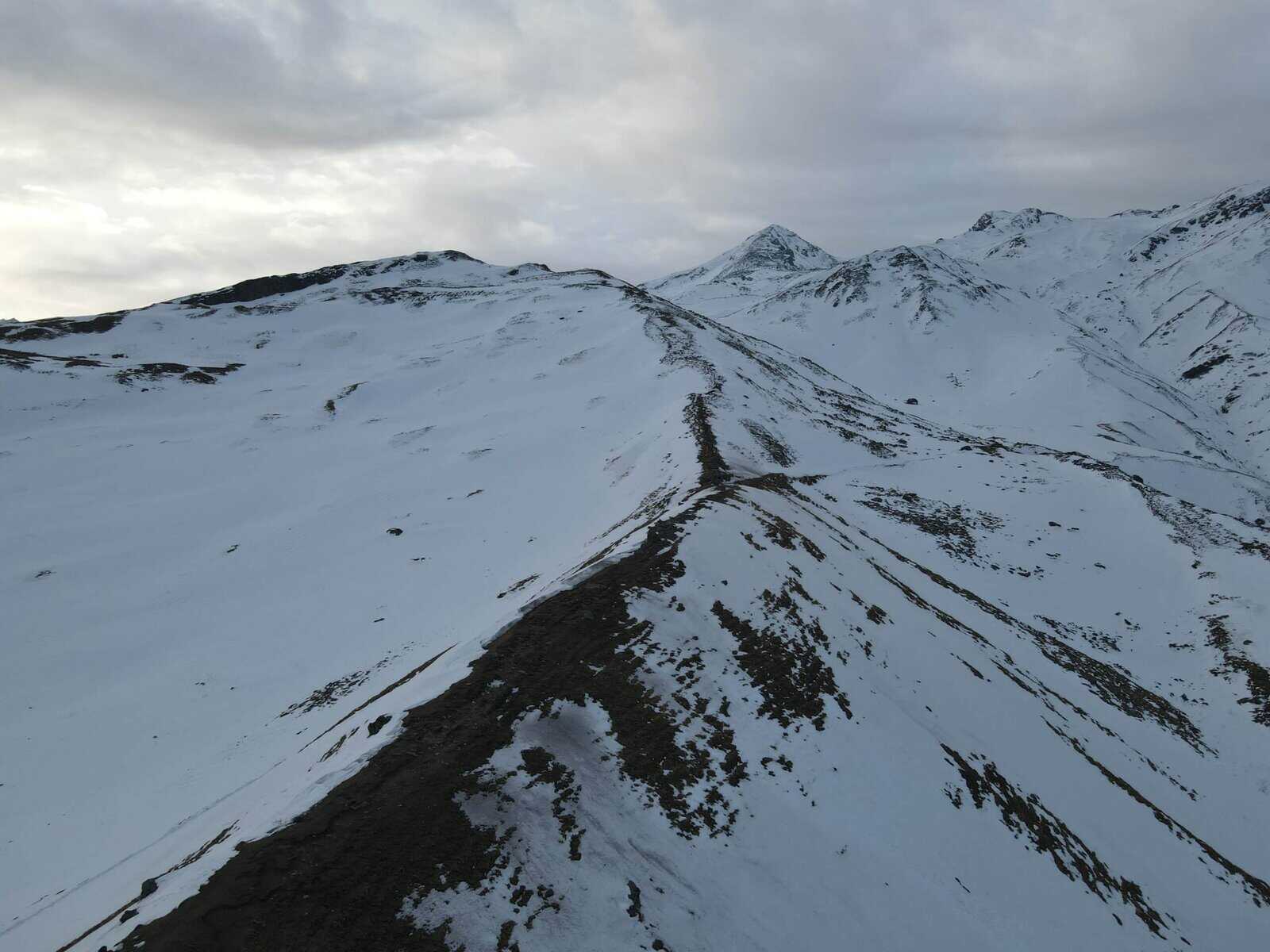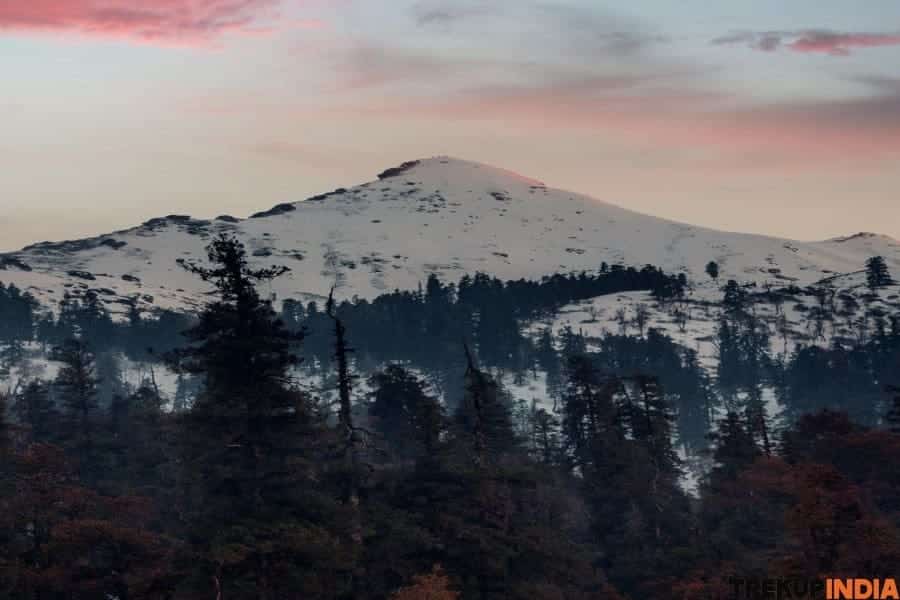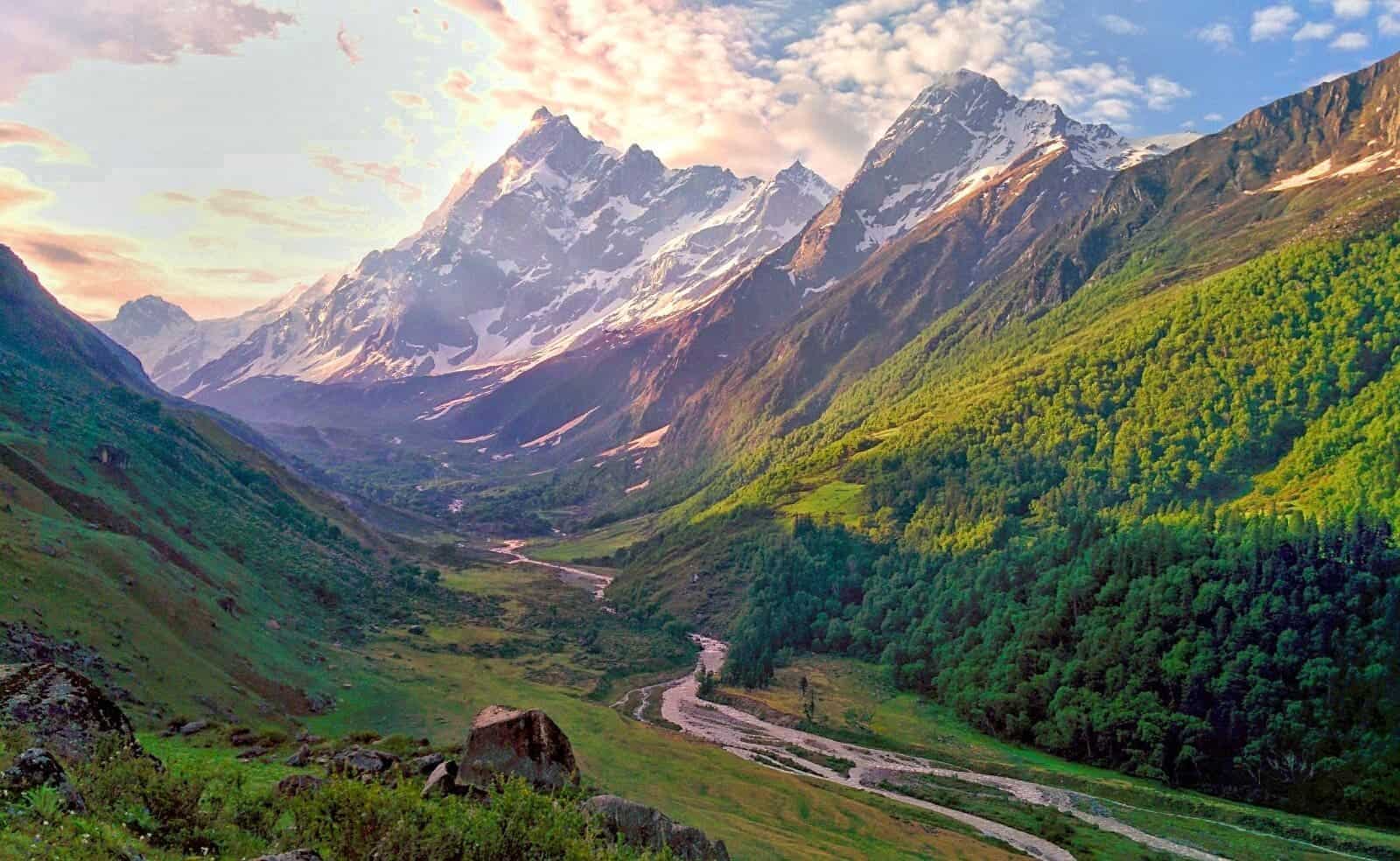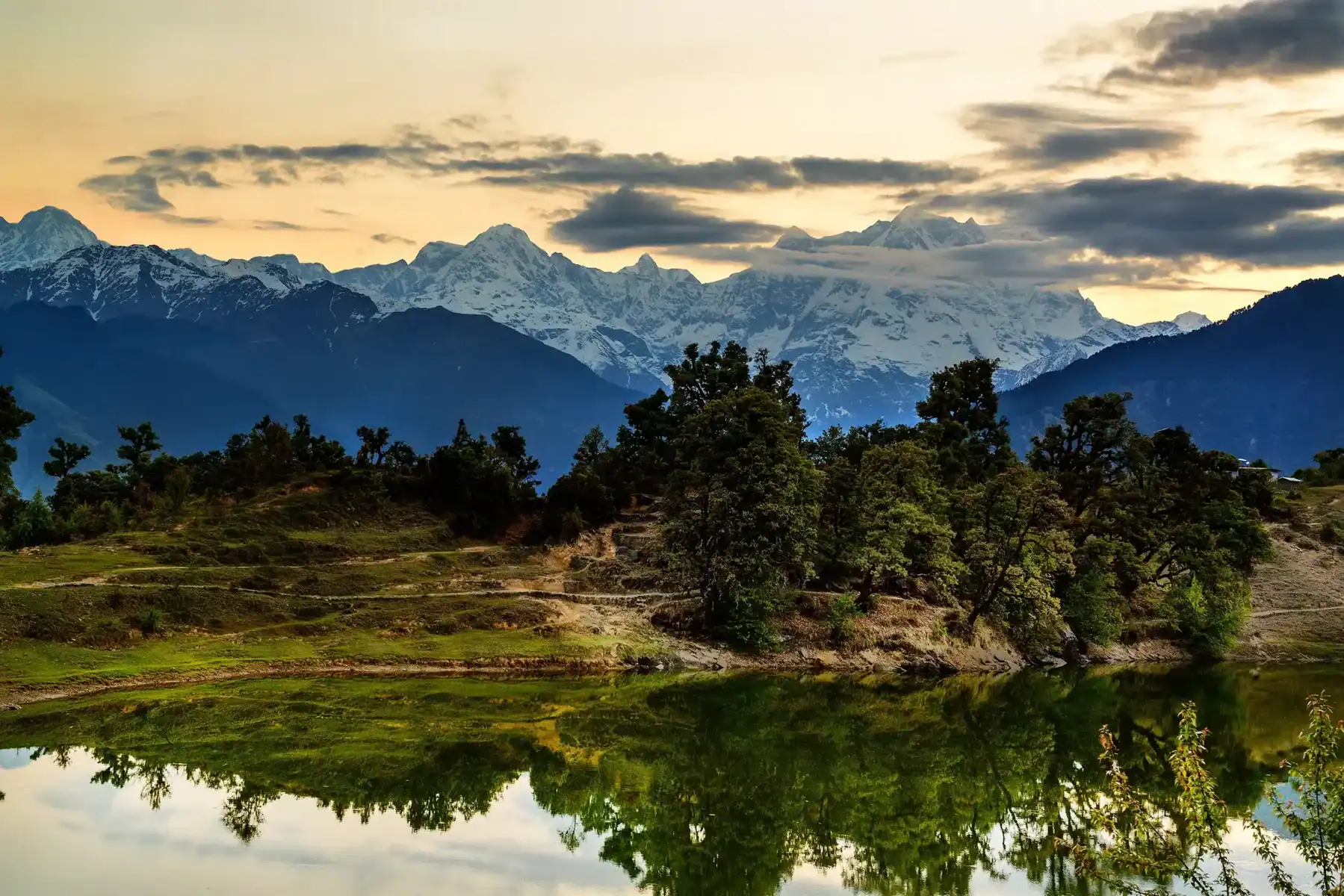Valley of Flowers – A UNESCO World Heritage Site
The Valley of Flowers lies at an elevation of 3,658m (12,000 feet), covering 87.5 square kilometres in the Nanda Devi Biosphere Reserve. From July until September, it comes alive with over 500 varieties of flowers, such as blue poppies, orchids, primulas, and the extraordinary Brahma Kamal – as well as snow-capped mountains with flowing streams and lush grasses – to put on an incredible show.
Monsoon season typically runs from late June through September in the Valley of Flowers, and it is an unforgettable adventure! Bursting with breathtaking displays of blooms, this vibrant, colourful paradise transforms under monsoon rains, nourishing soil nutrients for rare and threatened species to flourish, and a blooming landscape combined with fresh air provides an incredible hiking adventure that you will remember forever! In our discussion about its UNESCO World Heritage status and fascinating aspects that make this such an essential destination, come join us! We will also talk about its identification process.
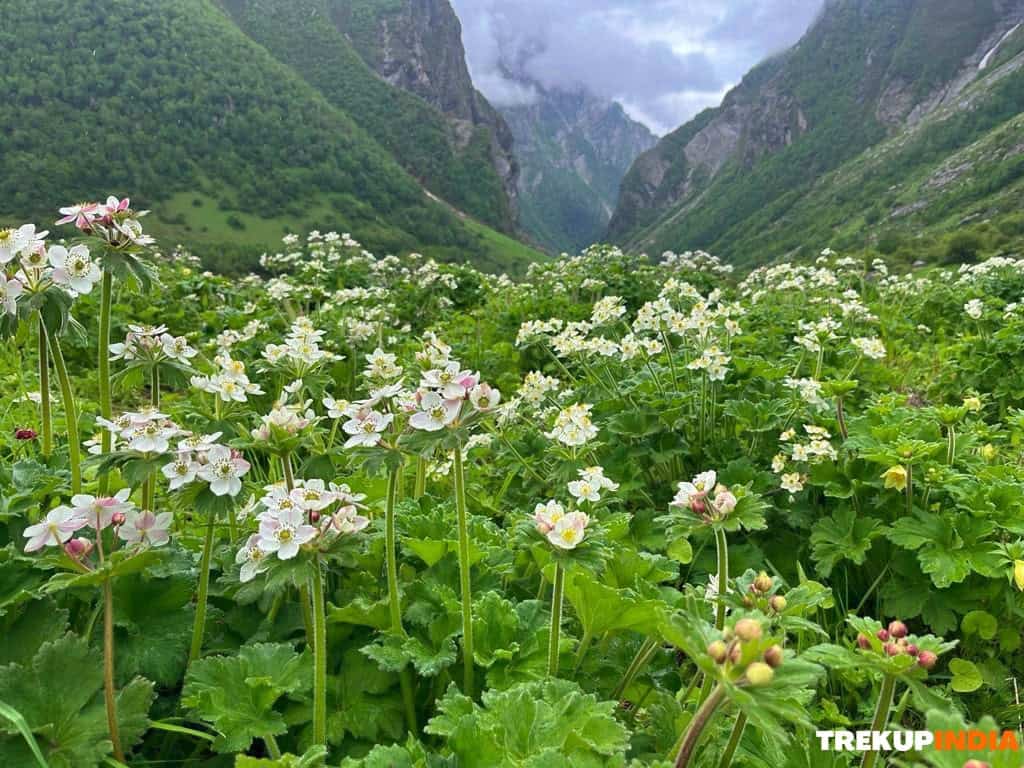
Frank Smythe was one of a group of British explorers who discovered the Valley of Flowers while exploring Mt. Kamet in 1931. Drawn by its stunning splendour, they appropriately named it: “Valley of Flowers.” So taken with its beauty was Smythe, that he decided to stay for over one month writing notes for his next book and collecting specimens to give to Edinburgh’s Royal Botanic Garden.
Joan Margaret Legge, an esteemed botanist, decided to explore the valley after Smythe’s groundbreaking research had spurred her interest. Unfortunately, this love led to tragedy when Joan fell off a rock while collecting flowers; five years after this tragic incident, she established a small memorial that stands as a lasting tribute to Joan and her deep passion for the Himalayan Mountains, with its words as a powerful tribute to her spirit.
The Beauty of Floral Diversity
This lovely valley boasts an exquisite and rare variety of stunning flowers, such as poppies, orchids, primulas, and anemones, that form an eye-catching display. Rhododendron and birch trees add even more colour. As you walk through this exquisite floral paradise, you’ll encounter stunning varieties of blooms such as delicate Pink Primulas and vibrant Pedicularis, as well as Golden Lilies and Anemones – among others! Take stunning photos of magnificent purple Asters, stunning white Androsace, and breathtaking blue Borage for stunning results! The vibrant landscape of the valley is further enhanced by rose-coloured Cypripedium and vivid blue Forget-me-nots, distinctive Fritillaries, and stunning Geraniums, adding colour and beauty. The elegant beauty of beautiful purple and dwarf Irises, as well as Larkspurs, Nomo Charis, and vibrant blooms such as Pansies, Deep Mauve Polemoniums, and Ocean Blue Poppies, is truly captivating. Admire the exquisite pink and white Potentillas, gold Lillies, tiny Rhododendrons in various hues ranging from soft pink to deepest purple, Ranunculi’s flowers with pink Epilobium leaves, fragrant Brahma Kamals, and other decorative plants that add charm. All combine for an extraordinary display.
Trek to the Valley of Flowers
Trekkers heading towards the Valley of Flowers begin their journey from Govindghat near Joshimath, in a town close by Ghangaria which serves as both the base camp for The Valley of Flowers and Hemkund Sahib. This 16km trek features moderate difficulty that is suitable for novice as well as experienced hikers, offering wonderful views of waterfalls, dense forests, and Pushpawati River along its path.
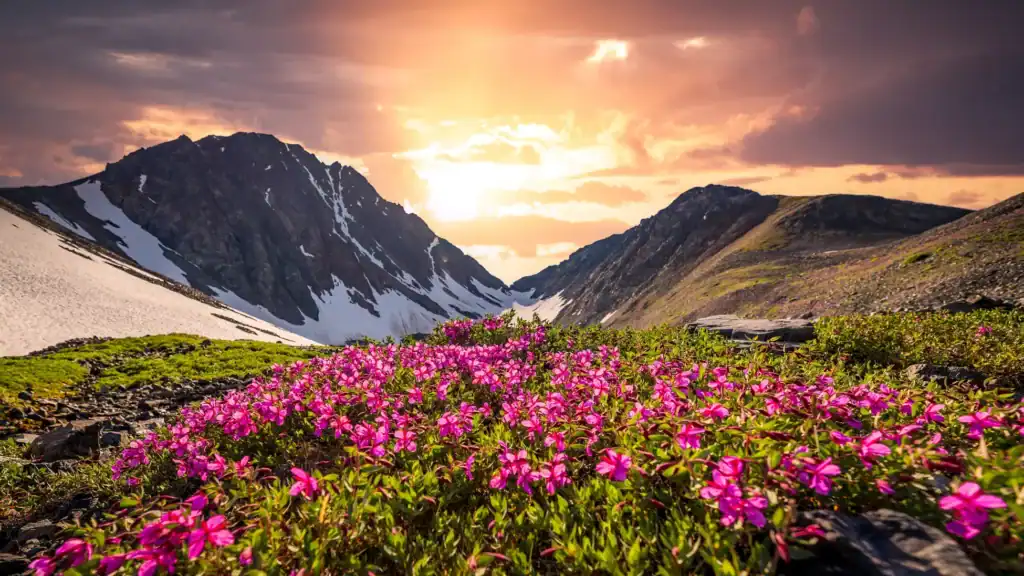
Hemkund Sahib: The Highest Gurudwara at 14,100 Feet in the Himalayas
Hemkund Sahib (sometimes known as Gobind Dham) is a well-known Gurudwara located at an elevation of 14,100 feet in Himachal Pradesh, dedicated to Guru Gobind Singh Ji. This sacred site holds immense spiritual importance for Sikhs as this was where their 10th Guru spent his majority of time meditating; hence its deep reverence among Sikhs and devotion from thousands who visit each year for bathing rituals with sacred water from Hemkund Sarovar (Hemkund Sarovar). A trip uphill from Hemkund Sahib symbolises both physical and spiritual journeys forward.
Hemkund Sahib holds an important place in Sikhism due to the belief that Guru Gobind Singh Ji, its supreme guru and master teacher was a devotee who meditated here prior to leaving this earthly realm. Guru Gobind Singh Ji was an exceptional leader and gifted teacher whose words remain an inspiration to Sikhs worldwide; his legacy, marked by wisdom, courage and spiritual wisdom still influences society today.
The Valley of Flowers provides an incredible experience for nature enthusiasts looking for adventure. Everyone should visit at some point in their lifetime!
Best time to Trek
Best Time of Visit For maximum floral splendour, the ideal time to visit this Valley of Flowers is between July and September during monsoon season, when rain has transformed it into an oasis. At this time of year, visitors from around the globe come here for its vibrant flower displays that draw tourists from near and far.
About Author
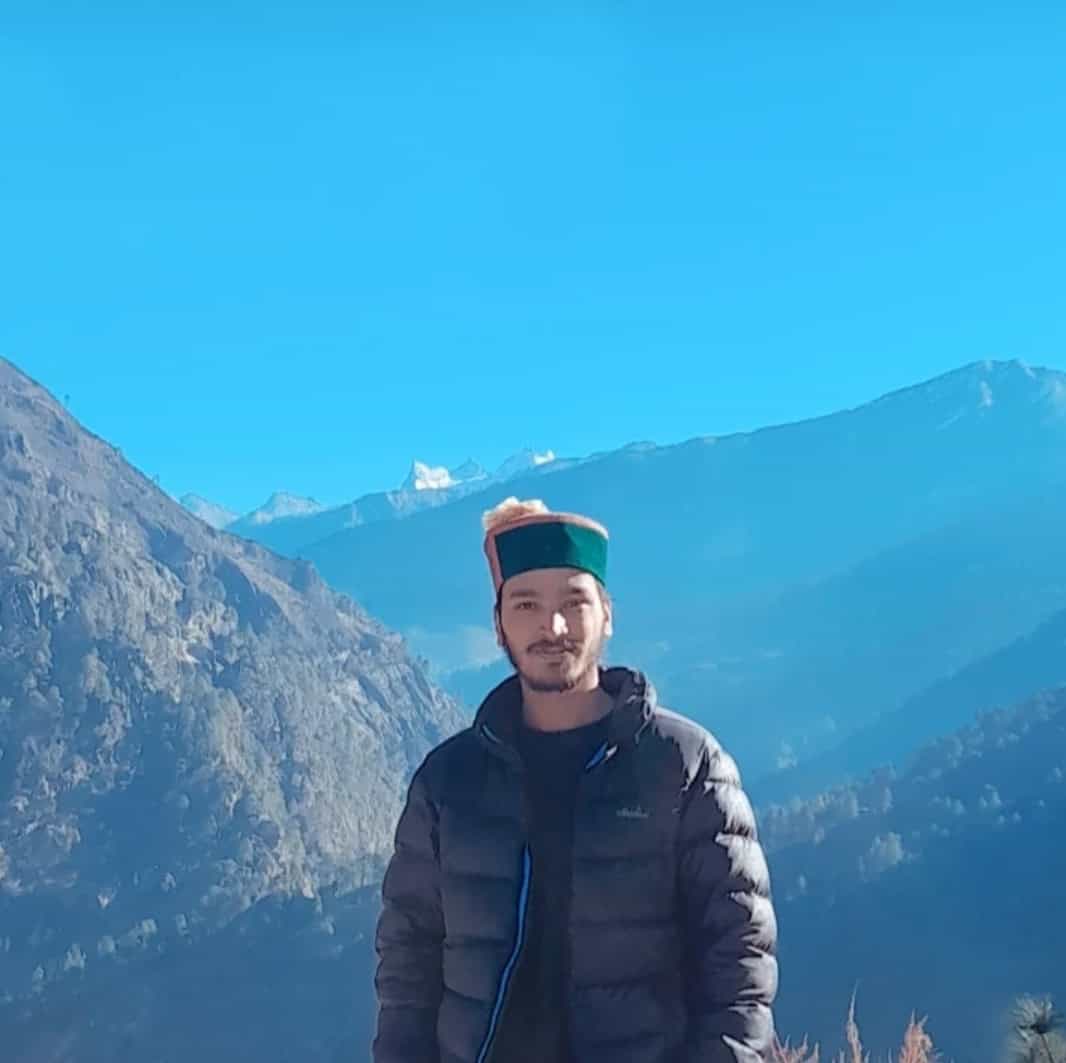
Anoop Rawat (Admin TrekUp India)
Anoop has worked for 5 years as a Trek Leader with TrekUpIndia, leading numerous treks across the diverse and challenging terrains of Uttarakhand and Himachal Pradesh. He holds a degree in Geology with a specialization in Geographic Information Systems (GIS) from UPES Dehradun. During his academic years, he actively applied his classroom knowledge in the field—most notably by contributing to a glacier research project on the Jundar Glacier in the Har Ki Dun Valley, Uttarakhand. Write Anoop at anoop@trekupindia.com
Share this article
Dates For Upcoming Treks
Want To Trek Like Pro?
Basically, watch these videos if you want to trek the same way professional trekkers do and make your skills better. These videos contain useful tips and techniques to further improve your trekking skills itself. These videos actually help both new and experienced trekkers improve their trekking skills. These videos definitely provide useful tips that make your trek better. We are seeing that these videos by Trekup India experts will only help you make your trekking skills better.
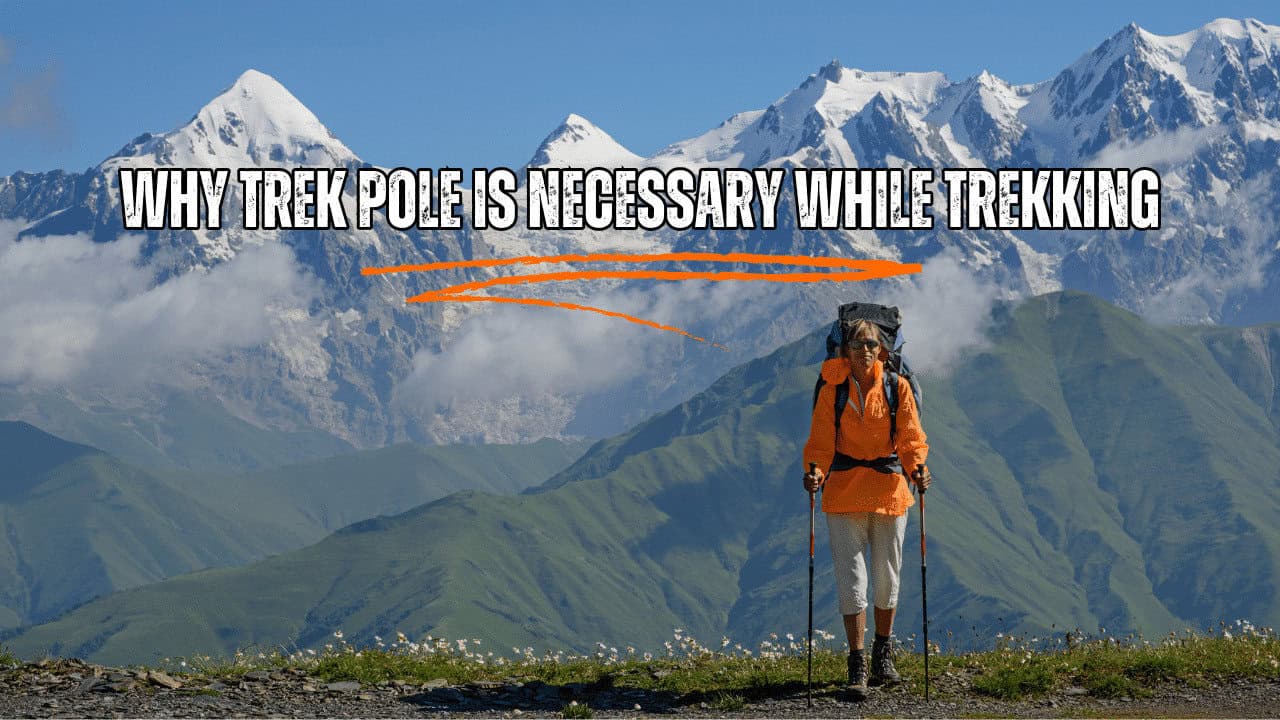




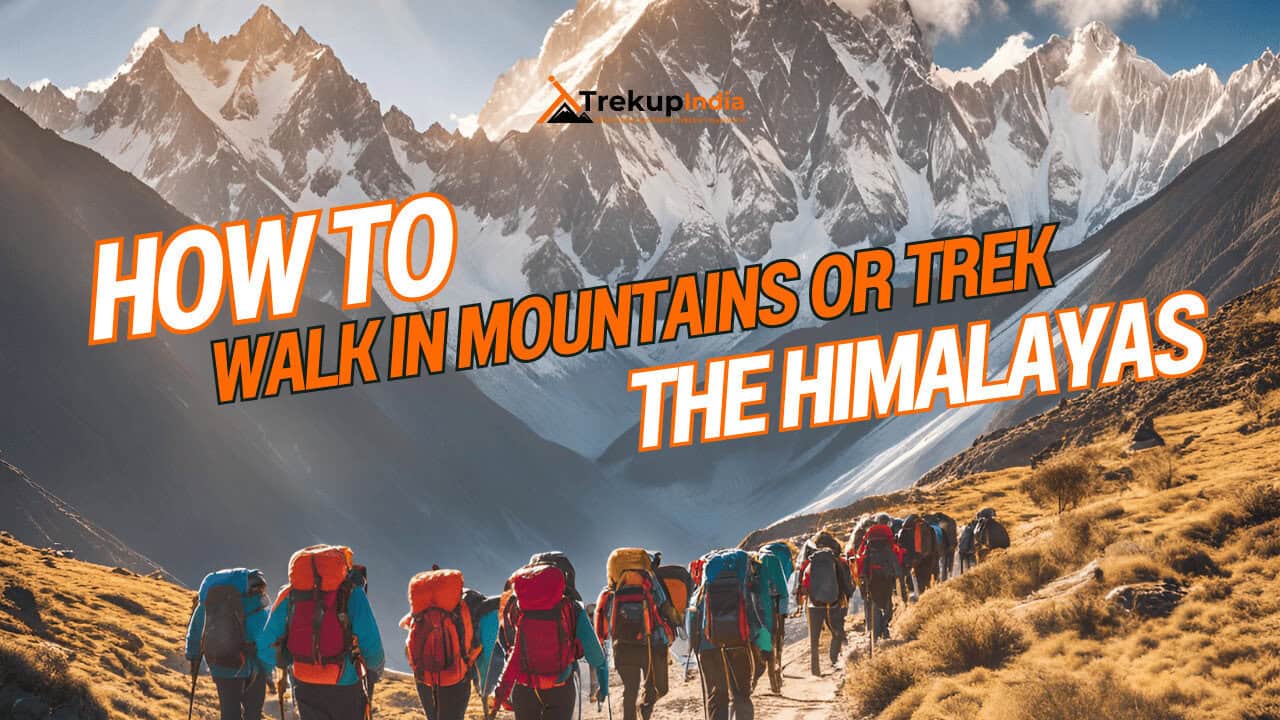

Know Everything About Acute Mountain Sickness
Acute Mountain Sickness occurs when people trek to high altitudes above 8,000 feet. This condition itself develops further due to reduced oxygen levels at such heights. Basically, as you go higher up, the air pressure and oxygen levels decrease, which causes the same problem. Acute Mountain Sickness surely causes headache, nausea, vomiting, and dizziness in affected persons. Moreover, peoples also experience difficulty in sleeping during this condition. To avoid mountain sickness, you should actually trek up slowly to higher altitudes. To learn further about this condition itself, watch the videos by Trekup India.
